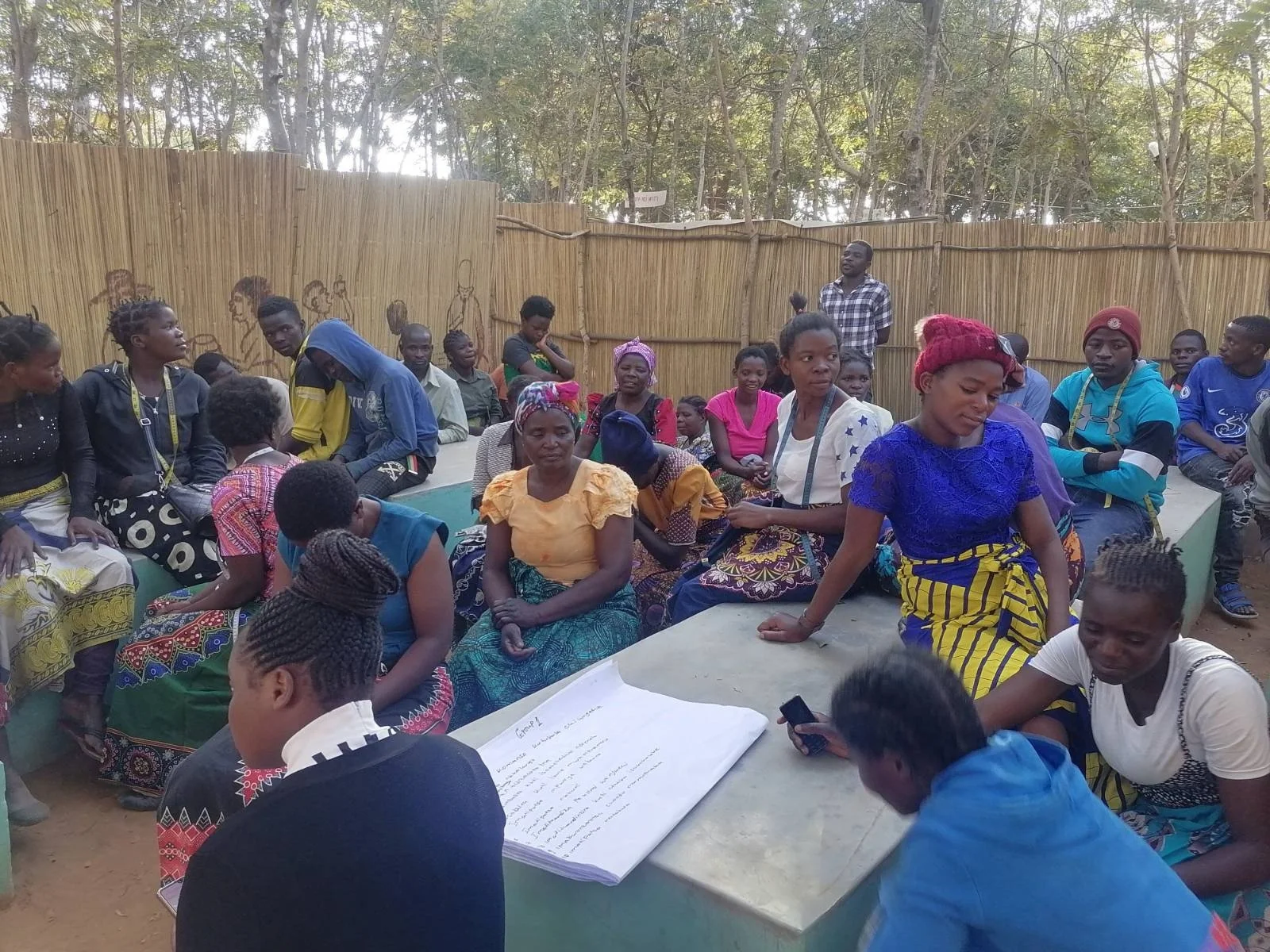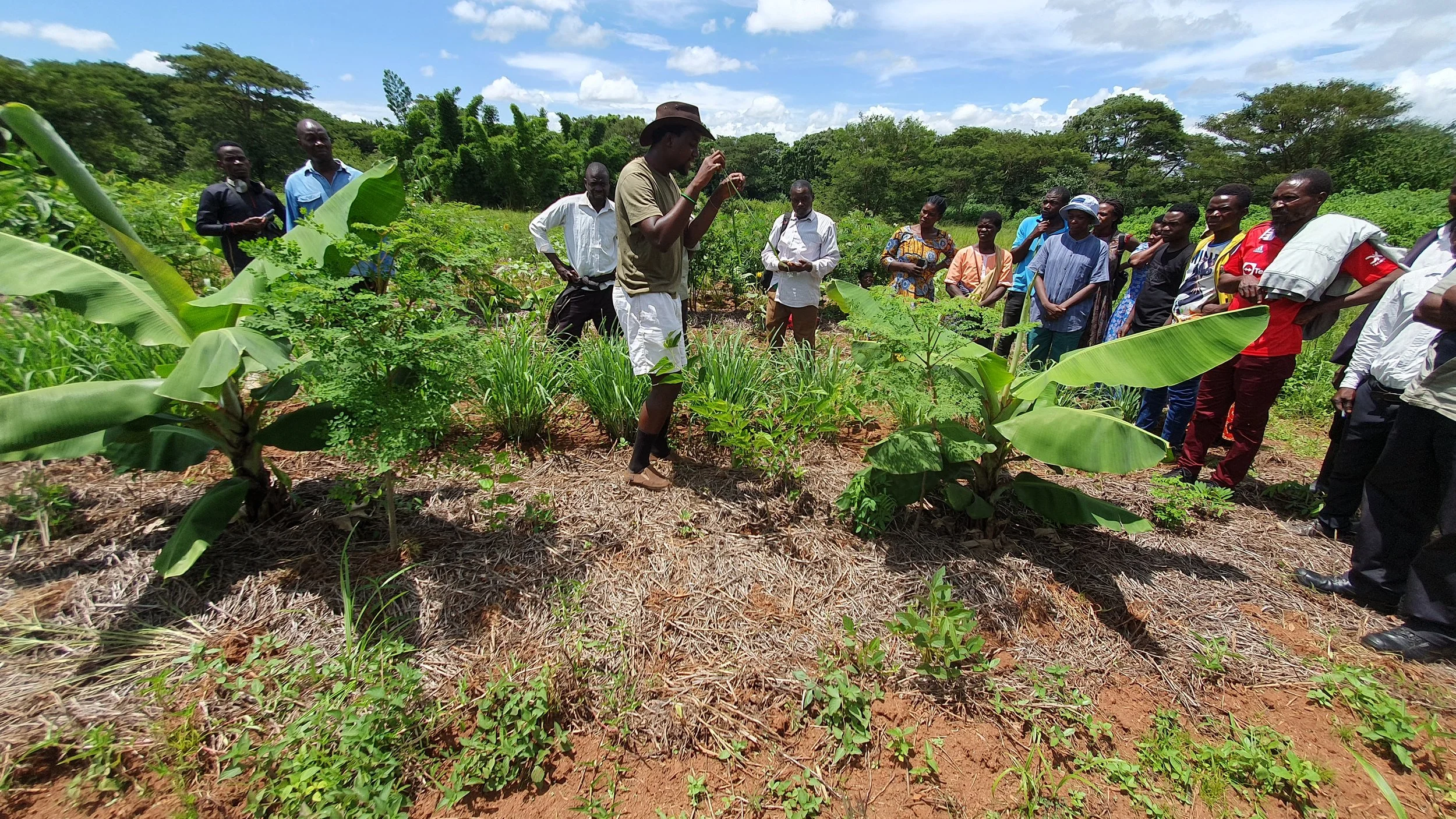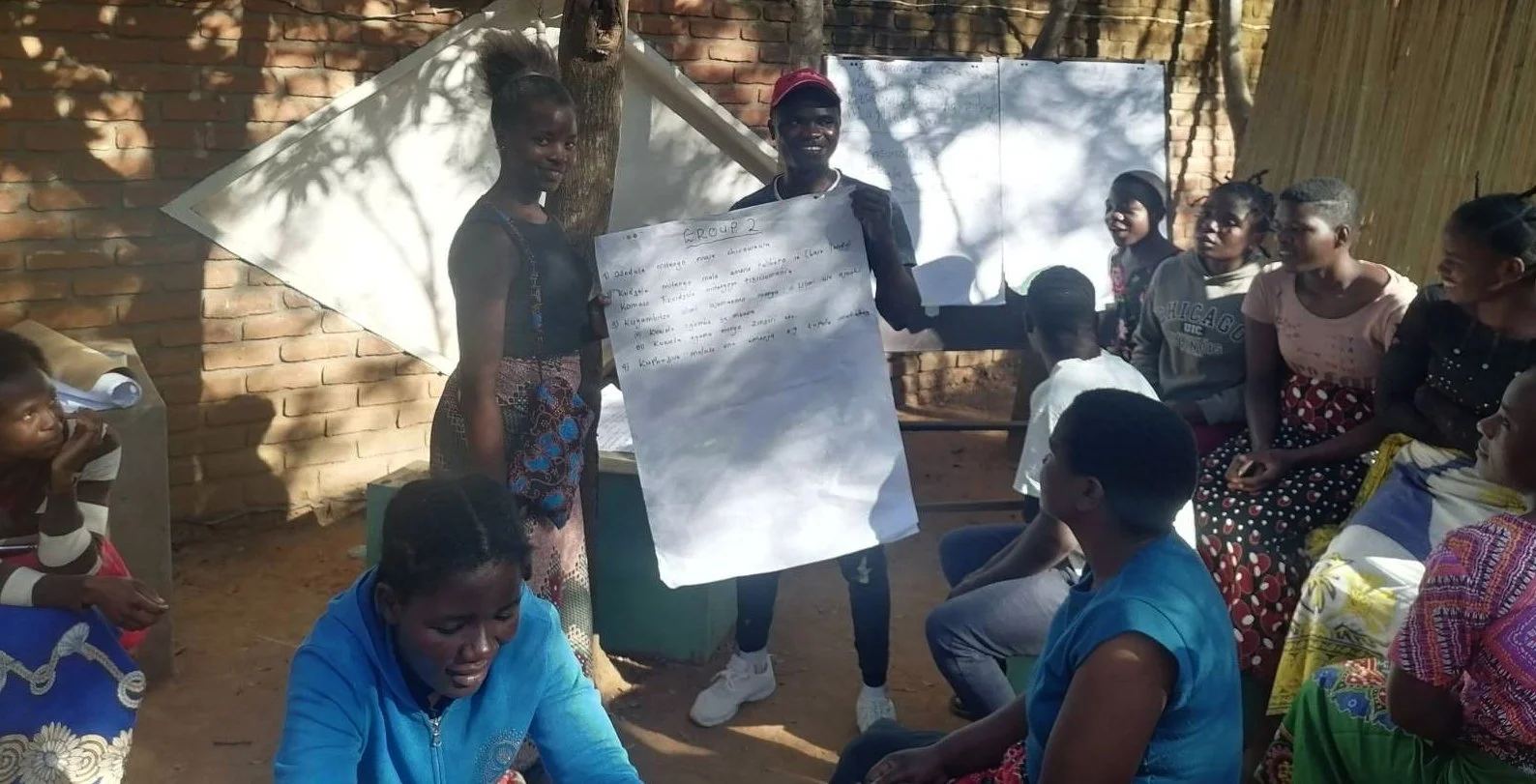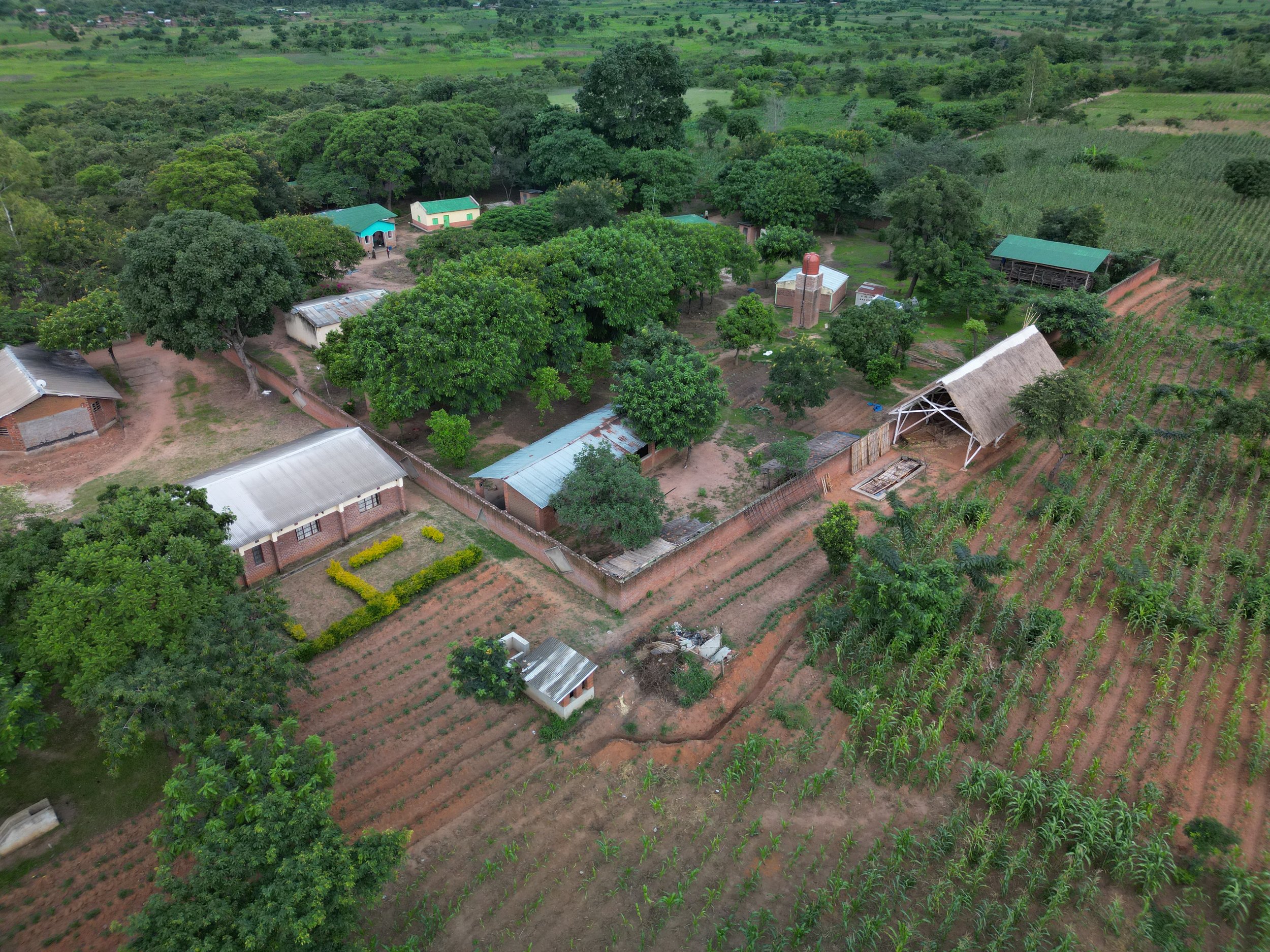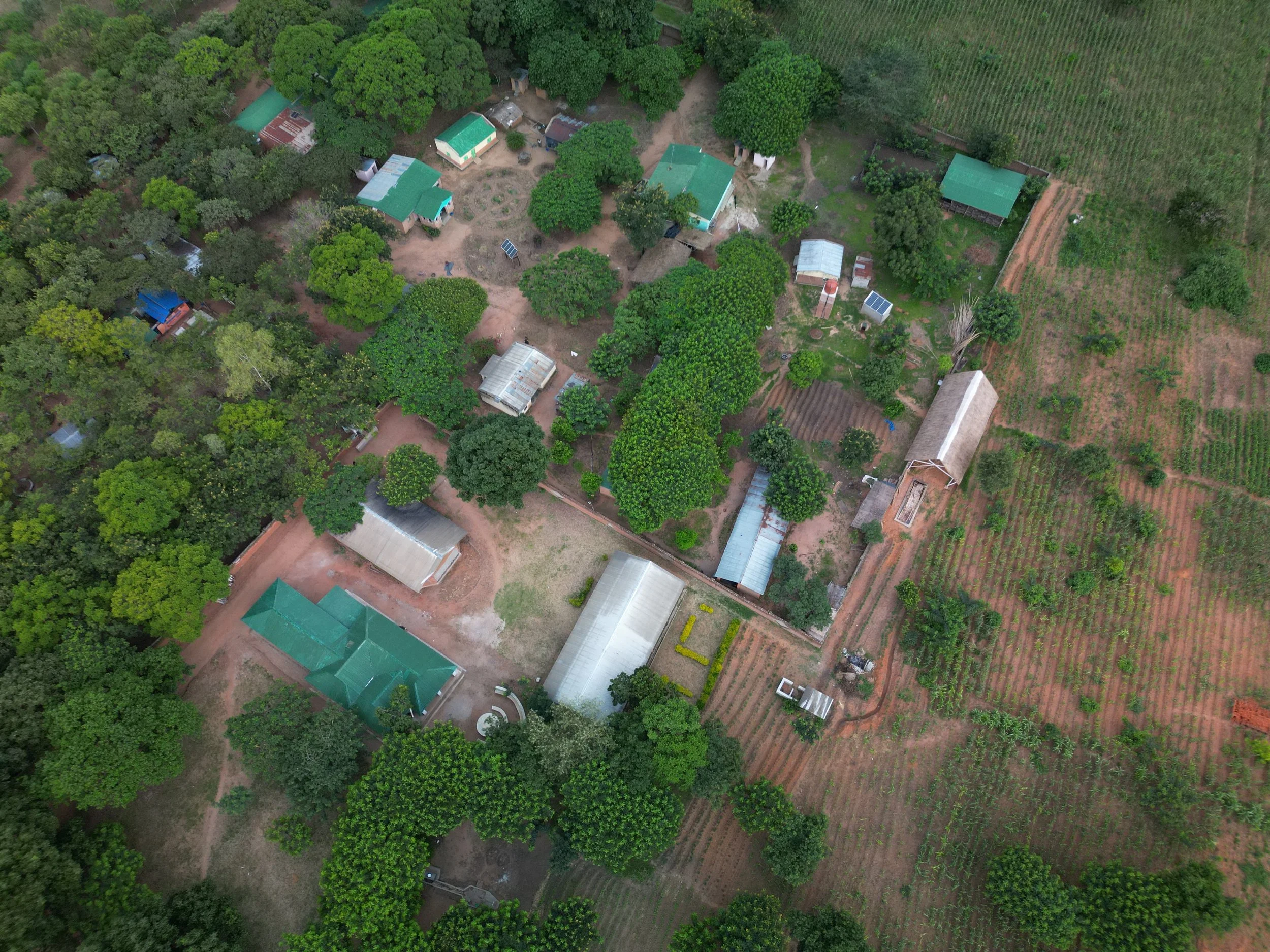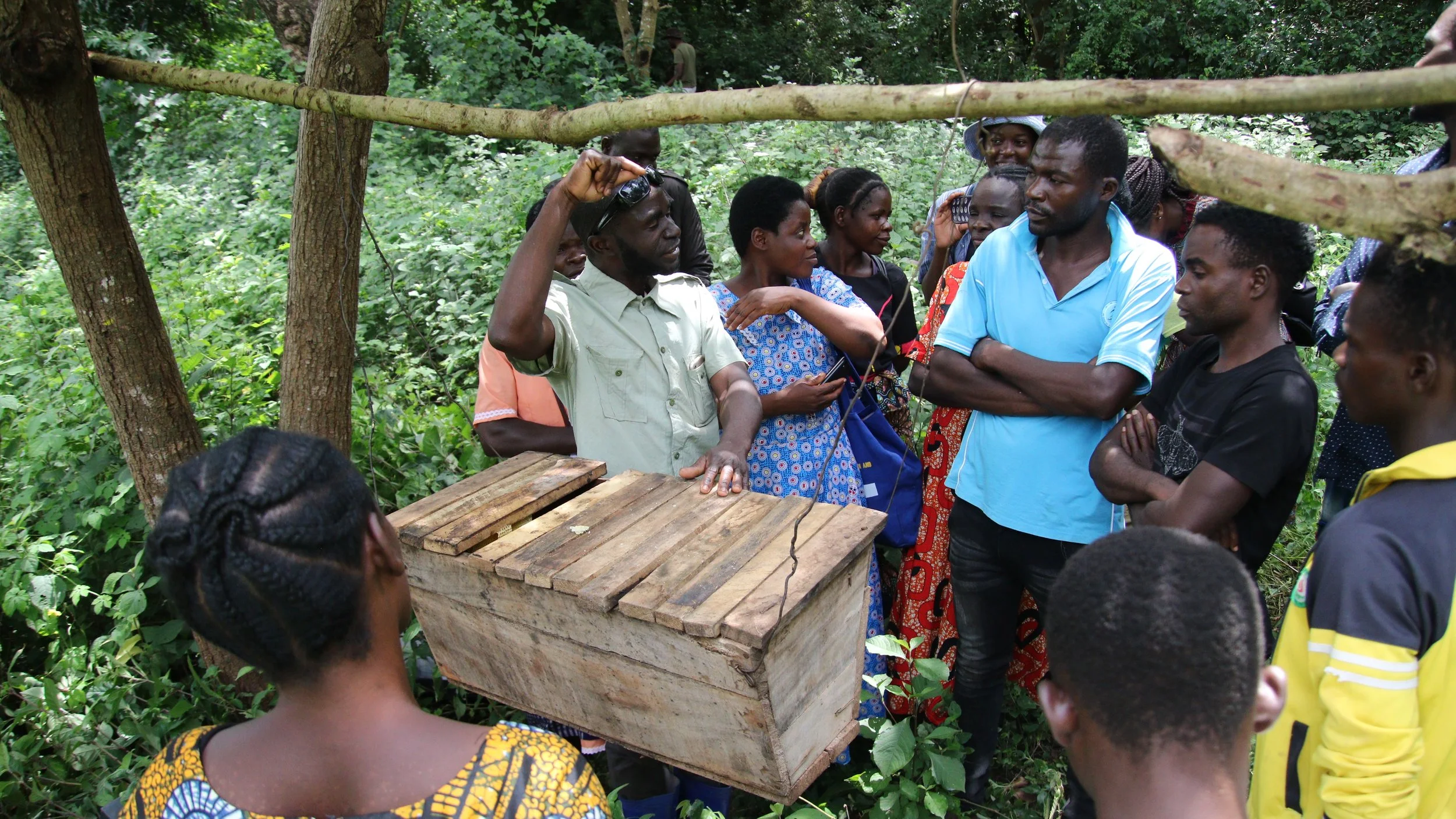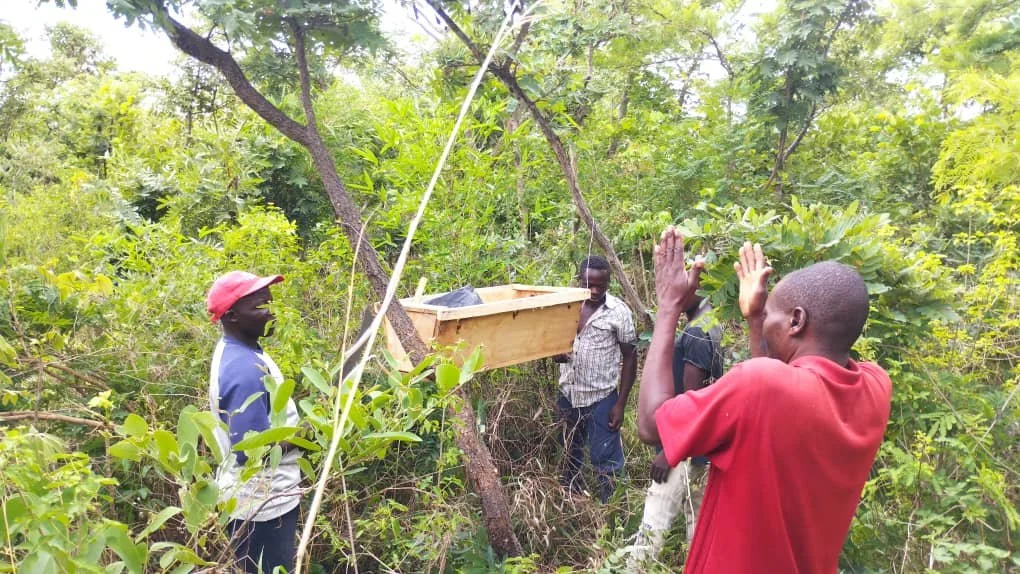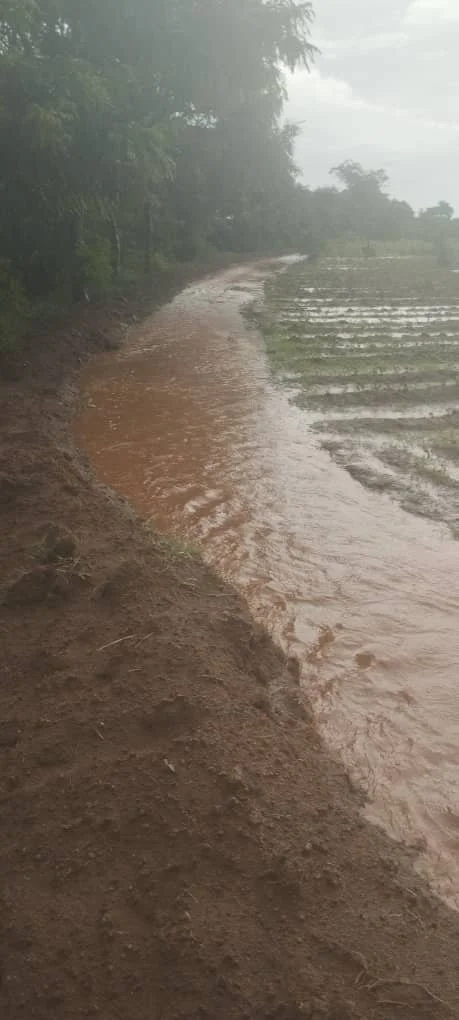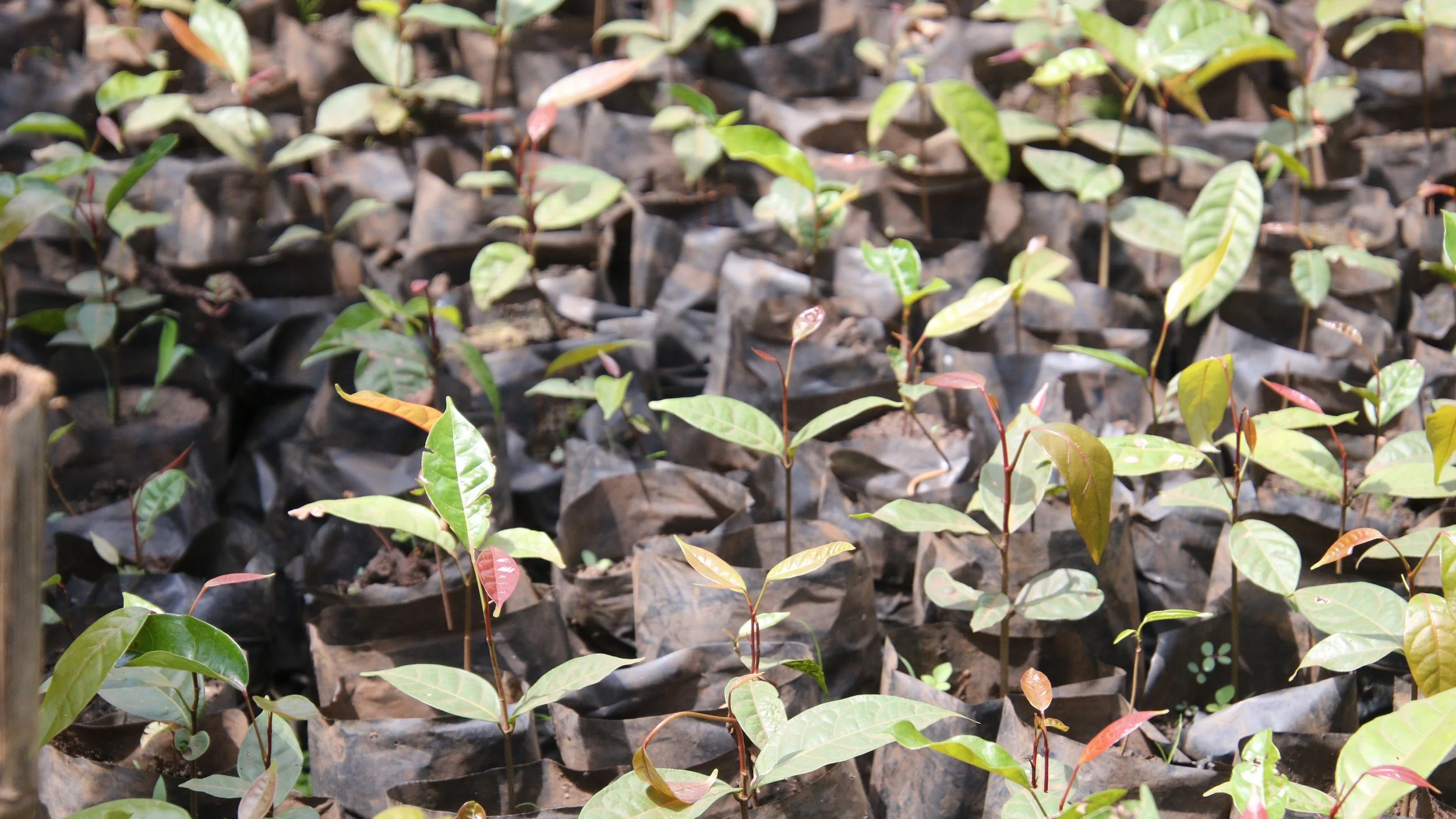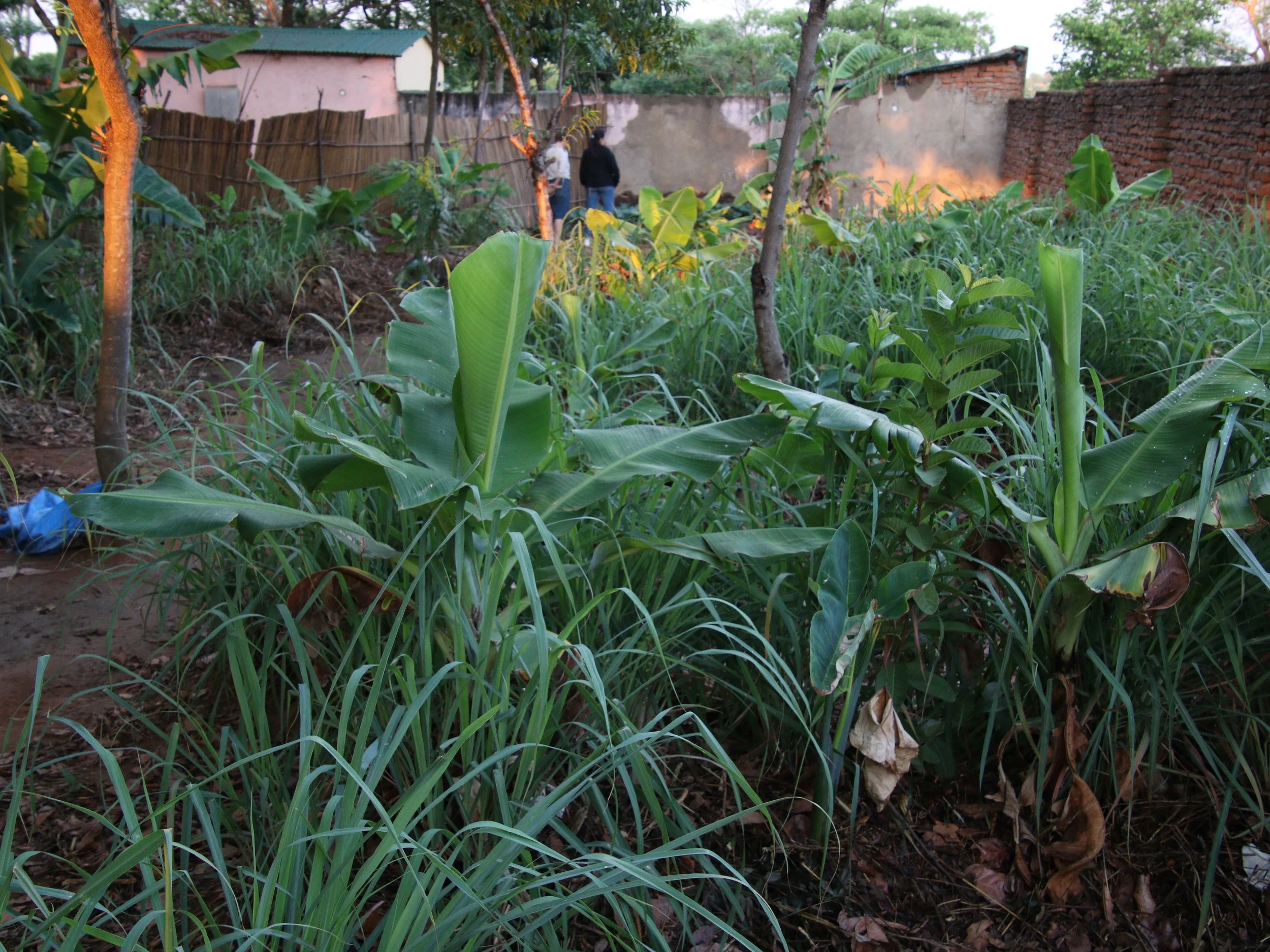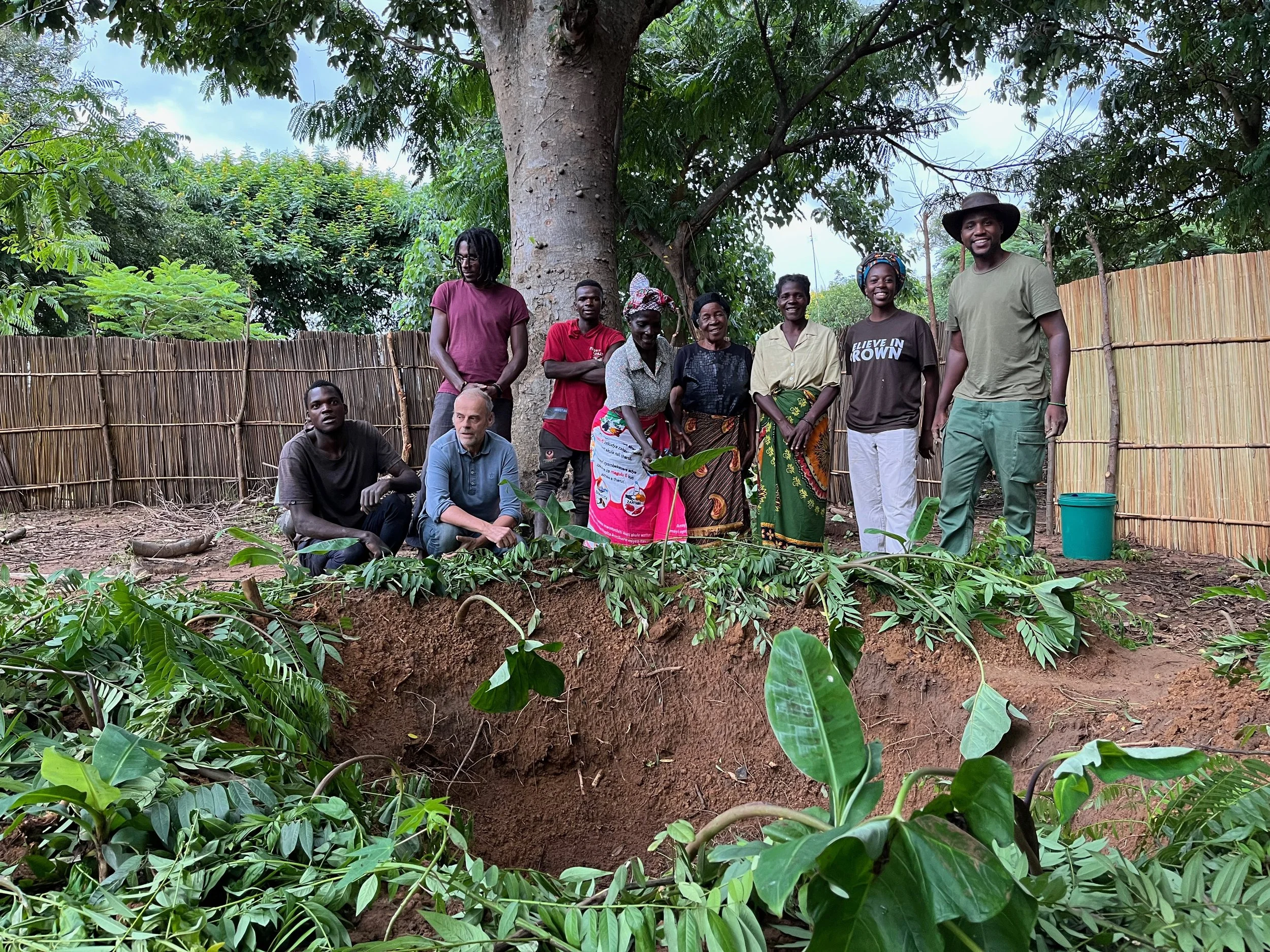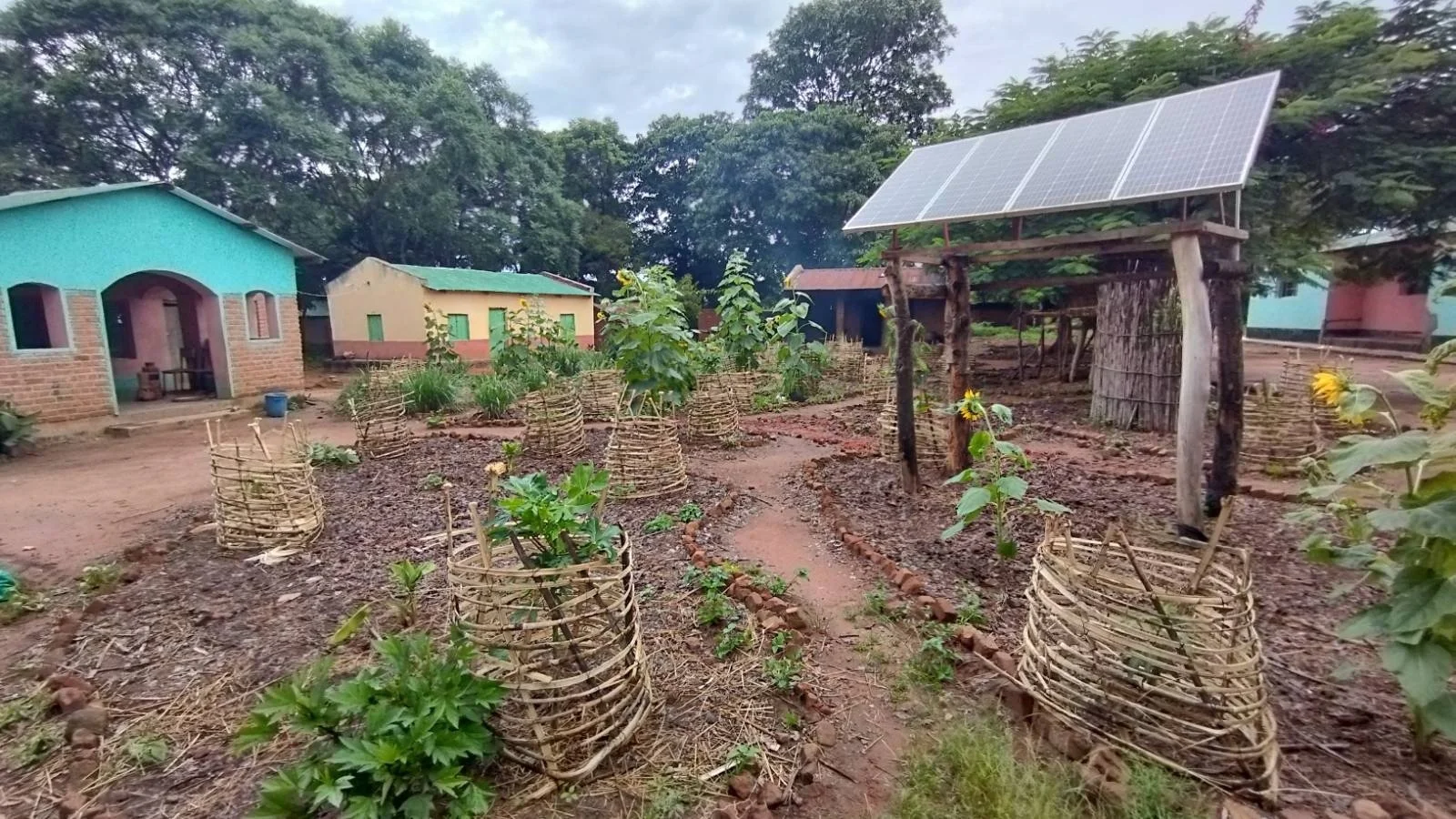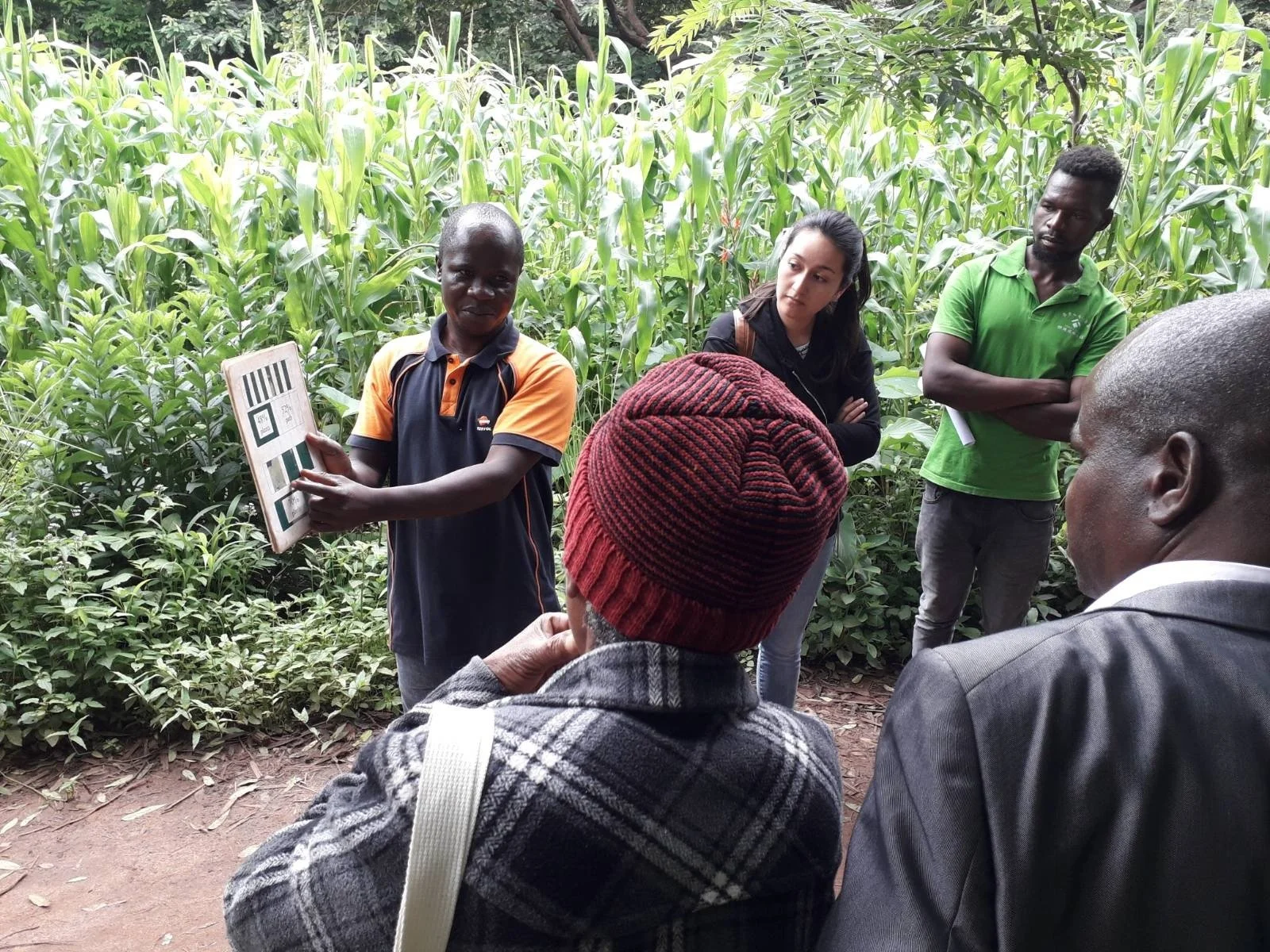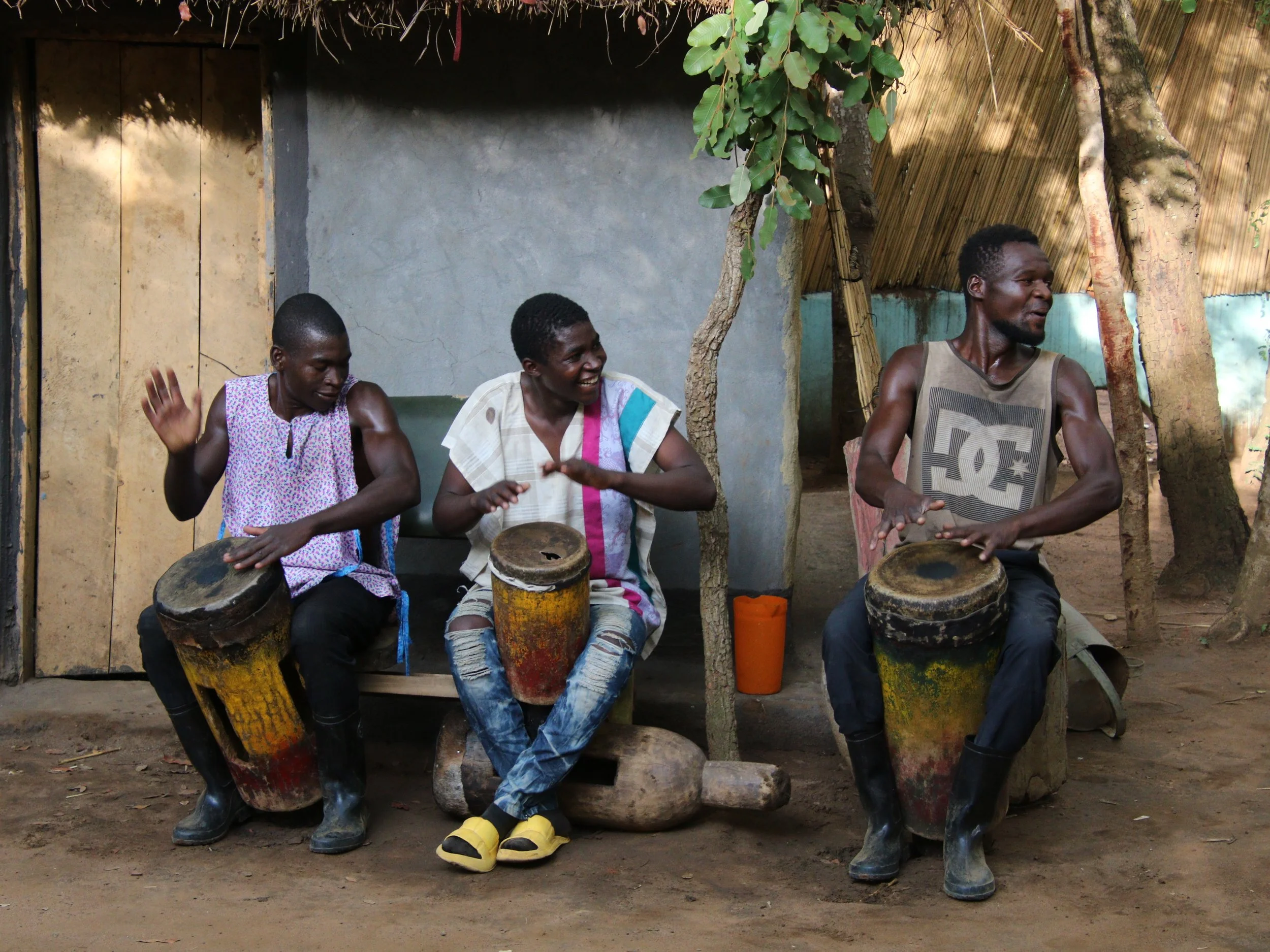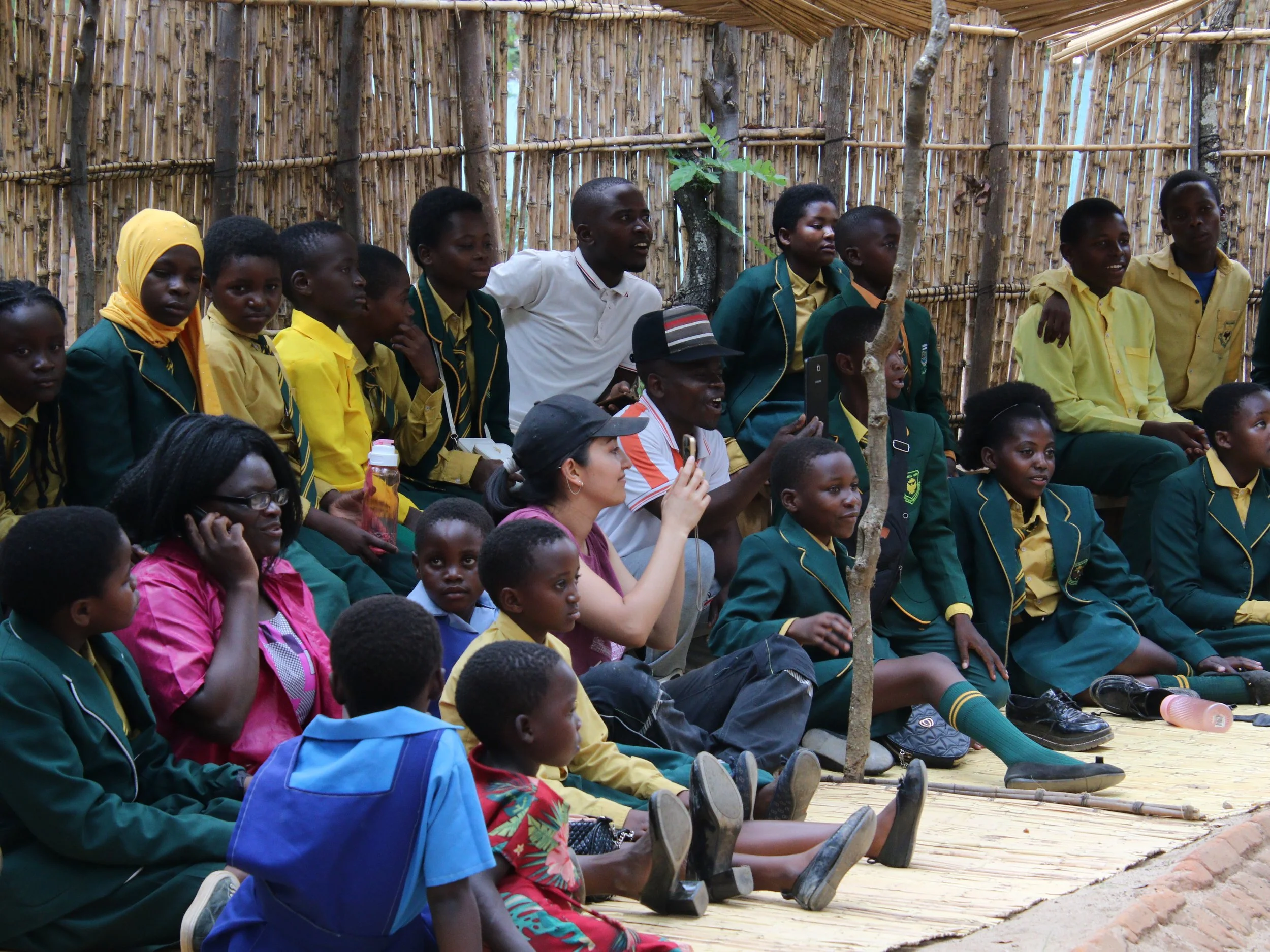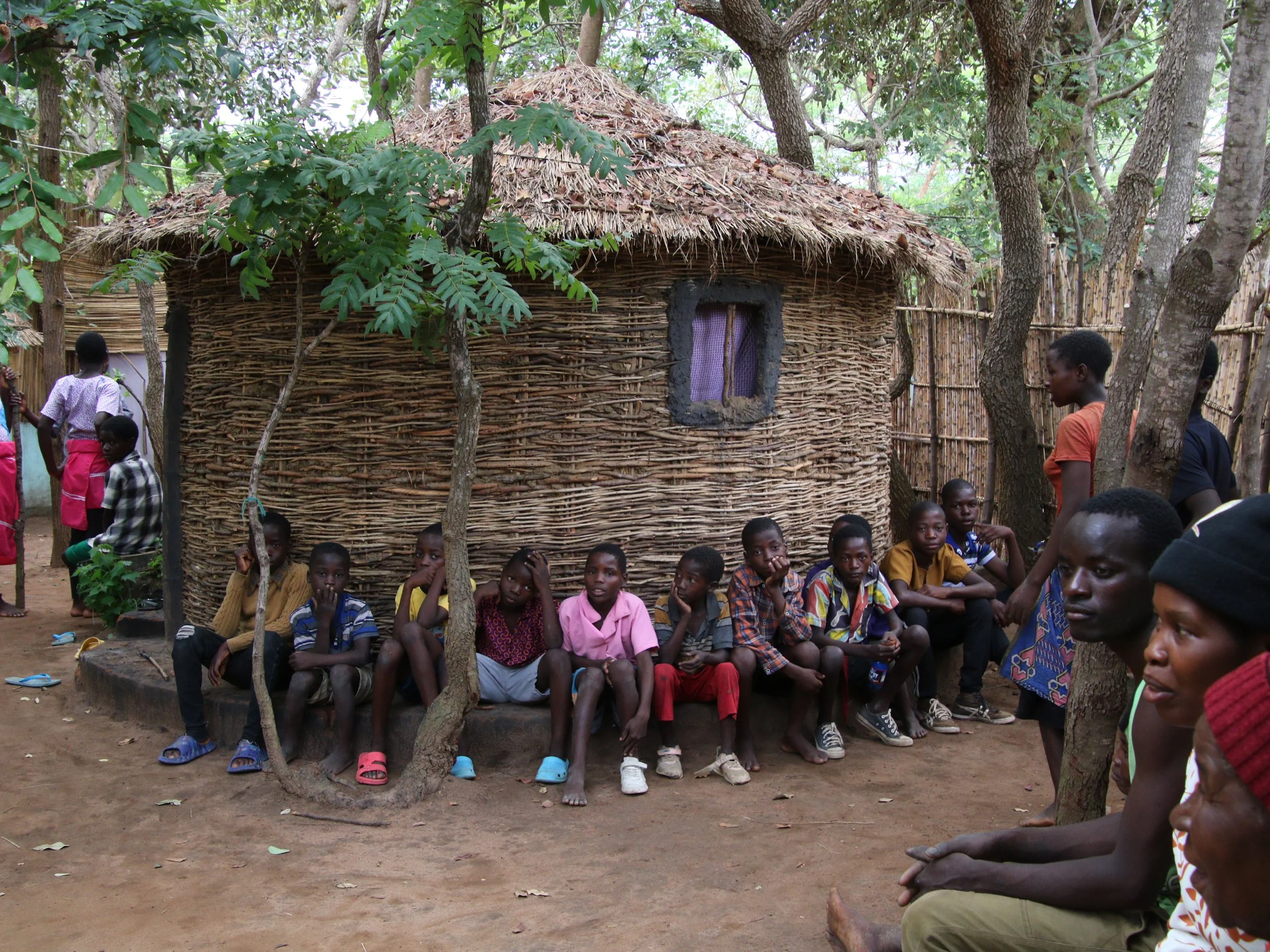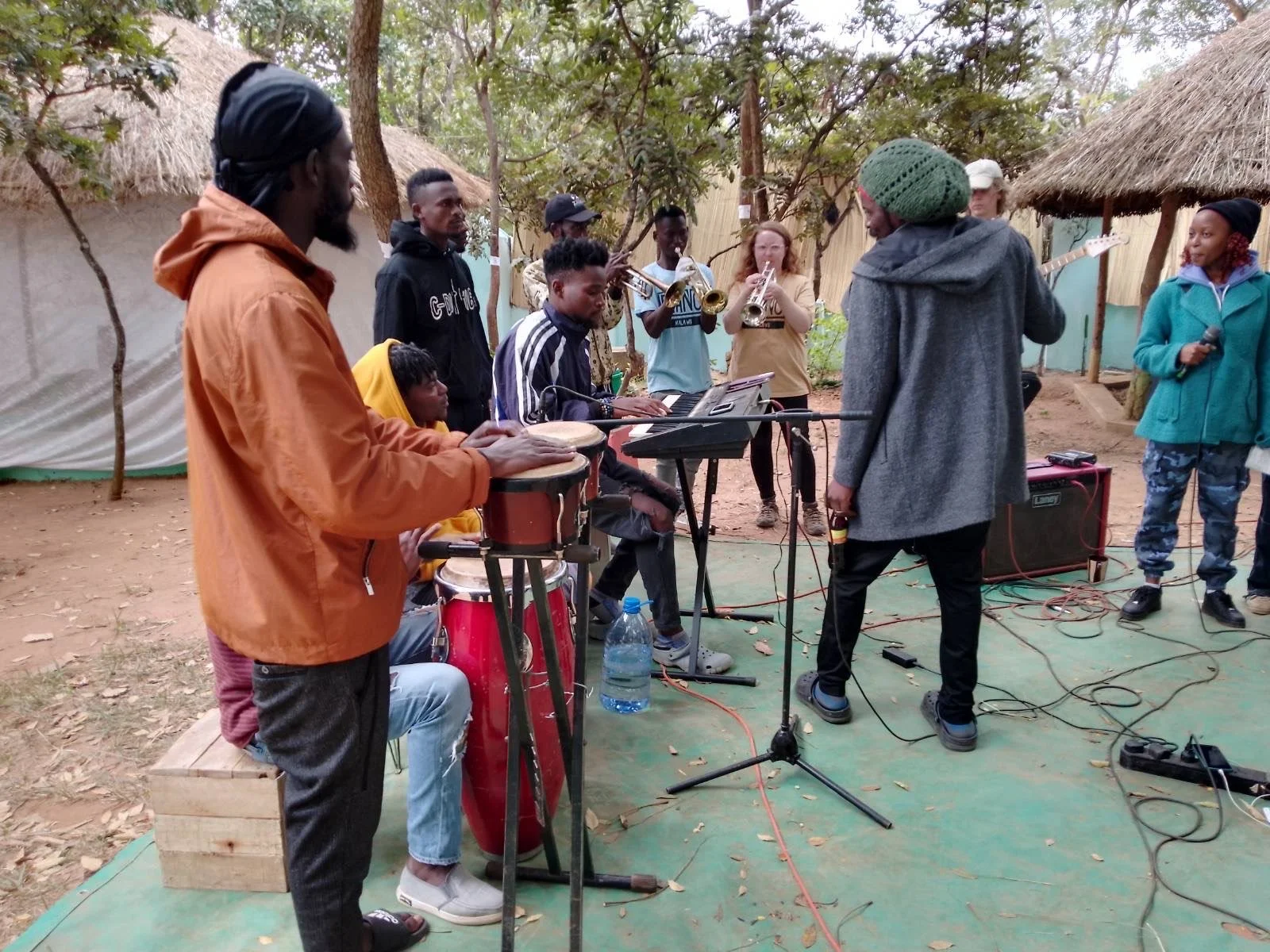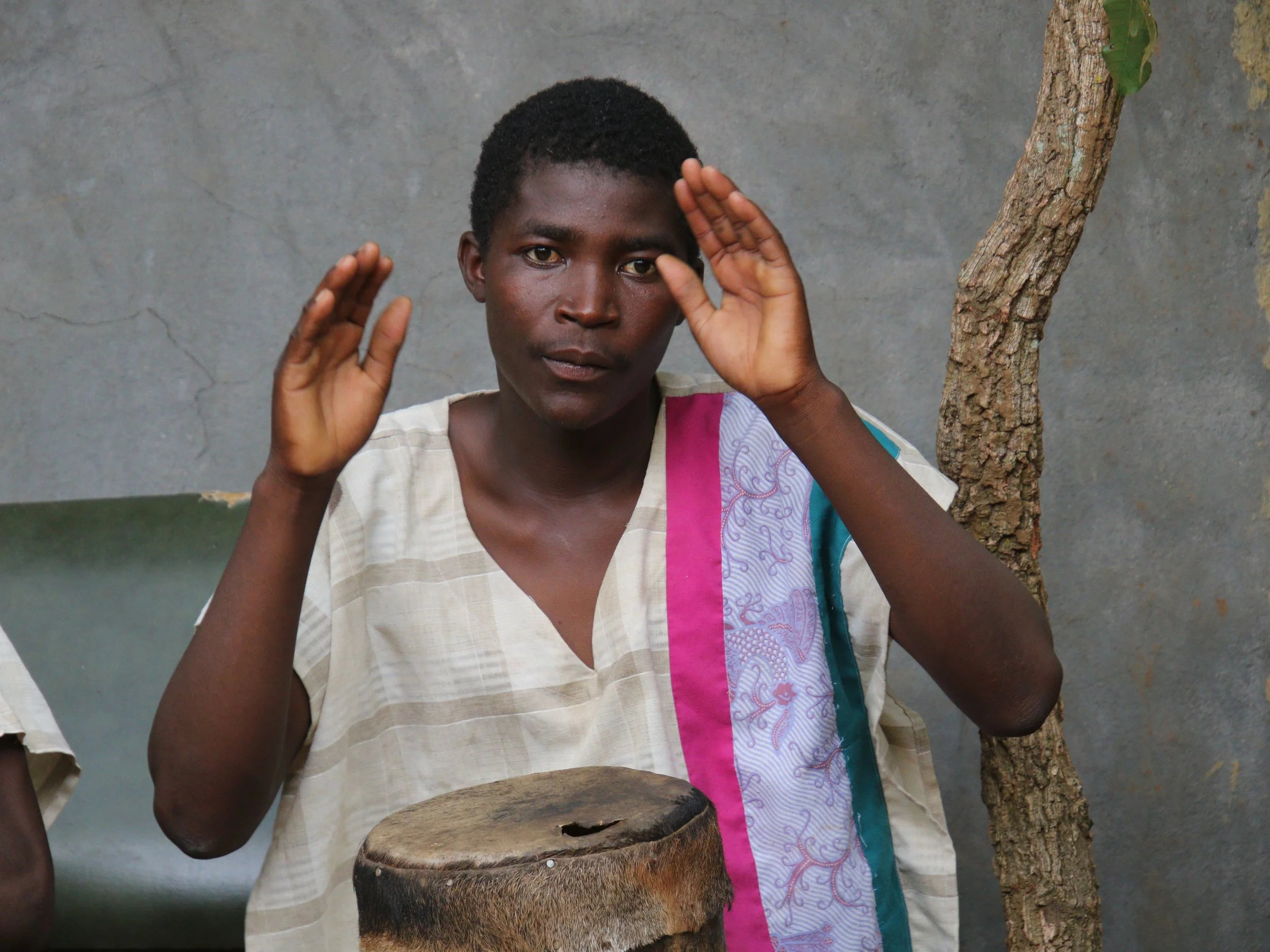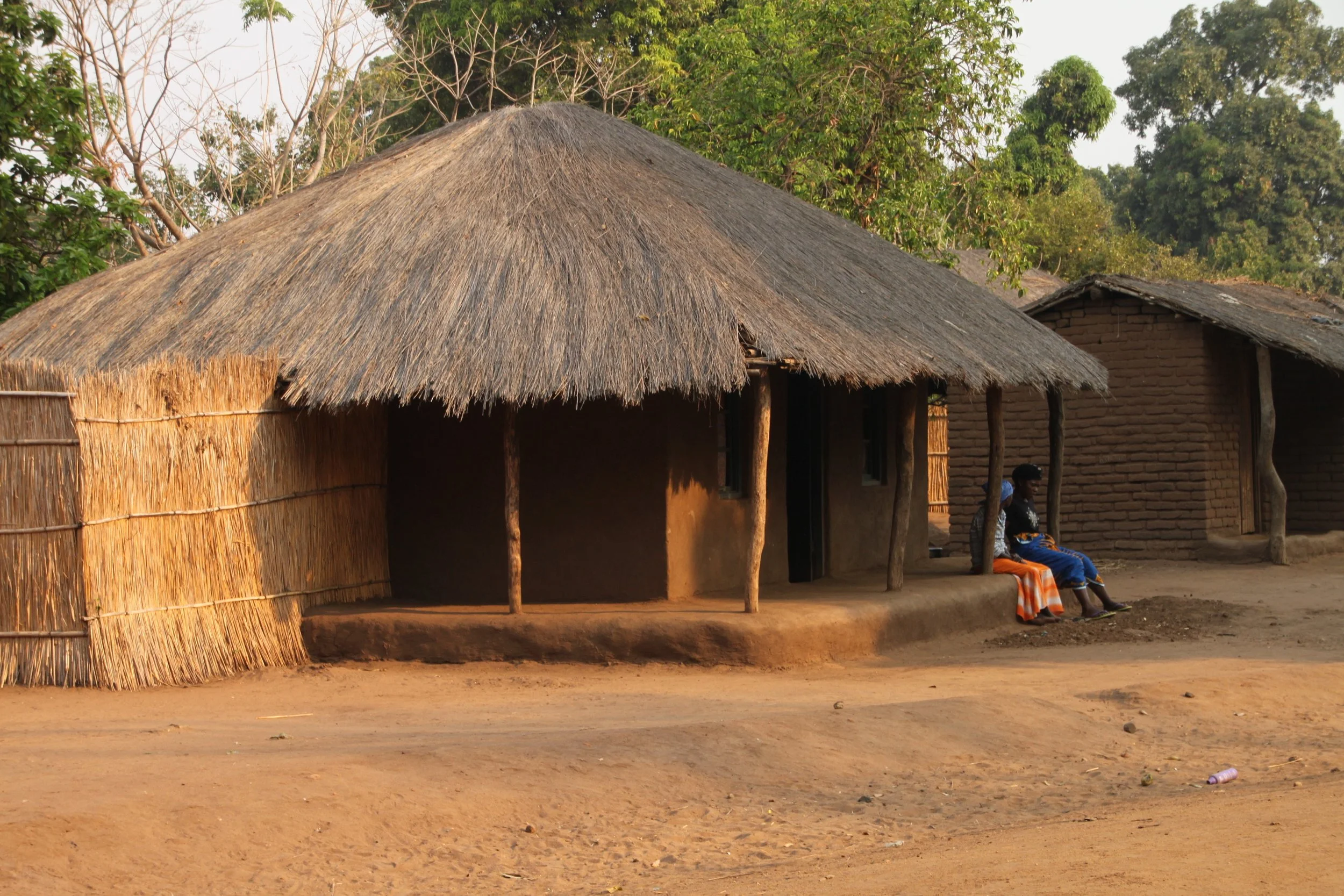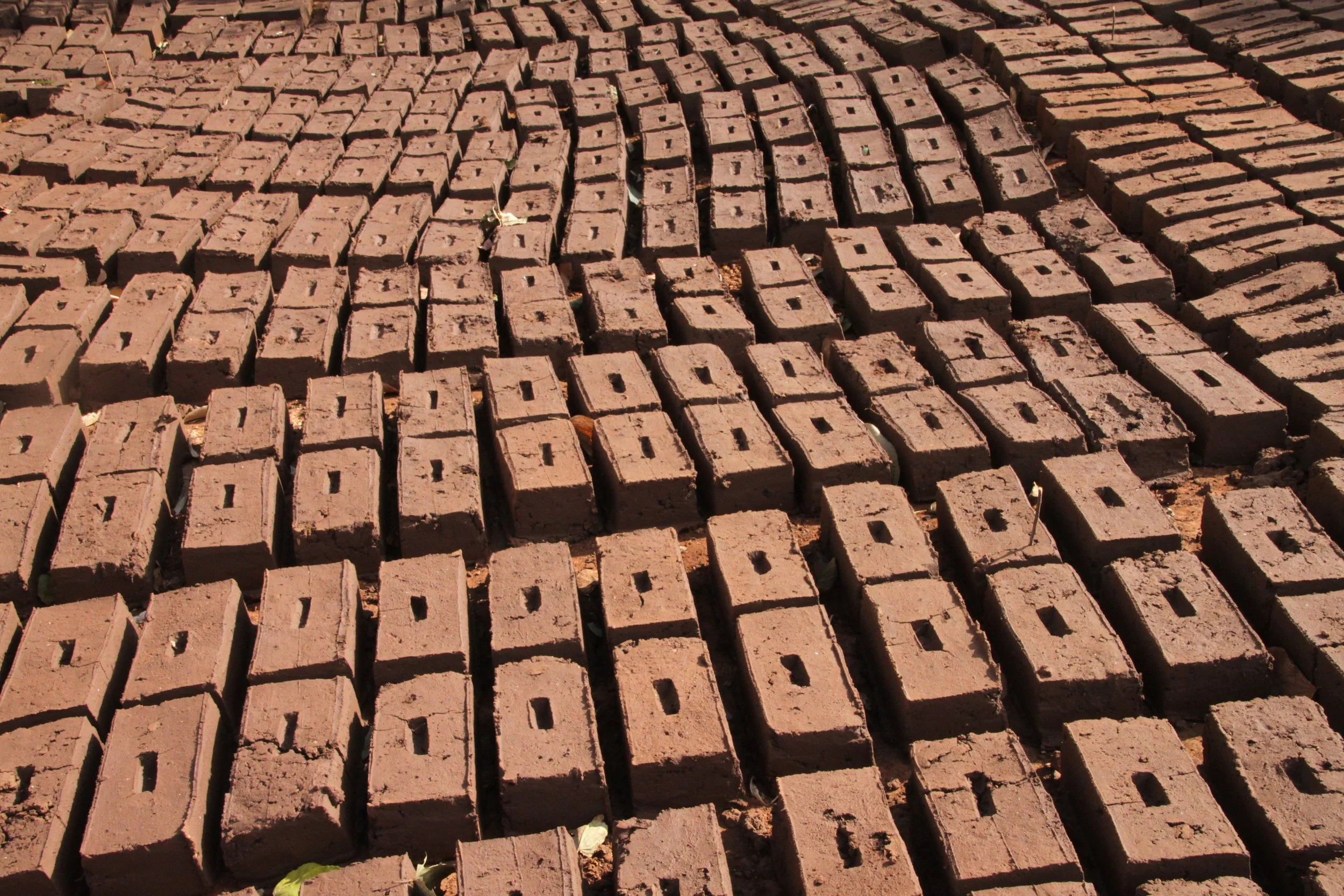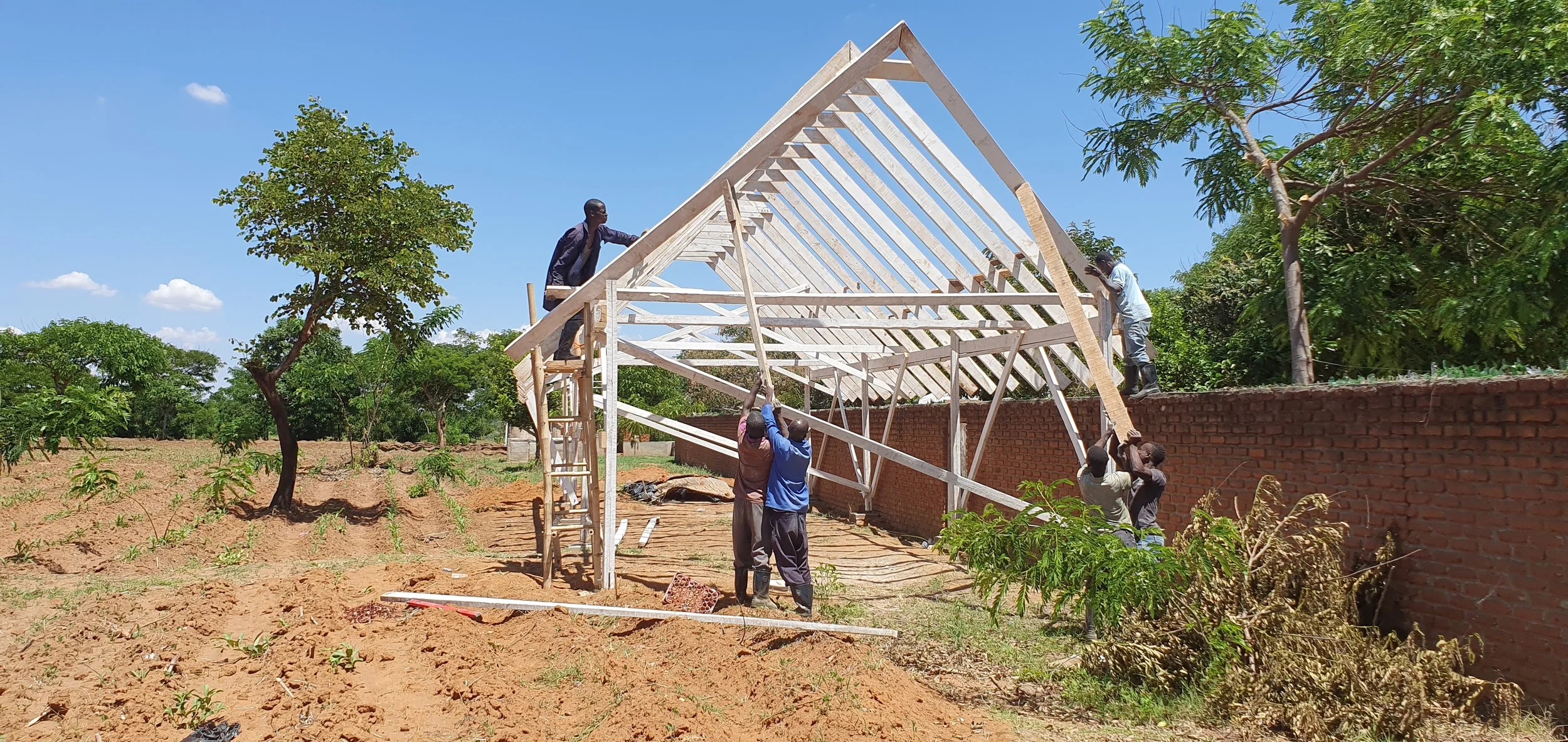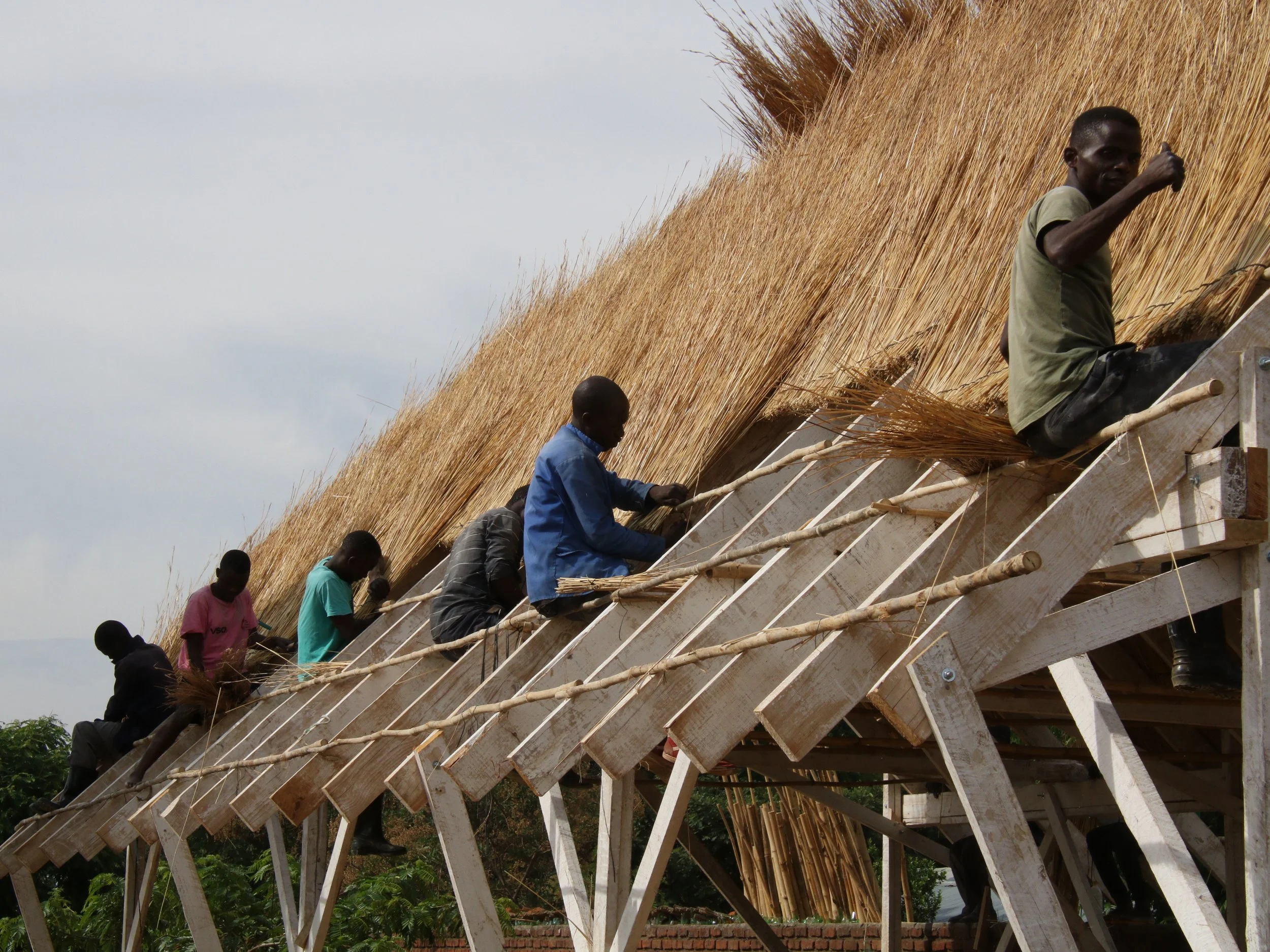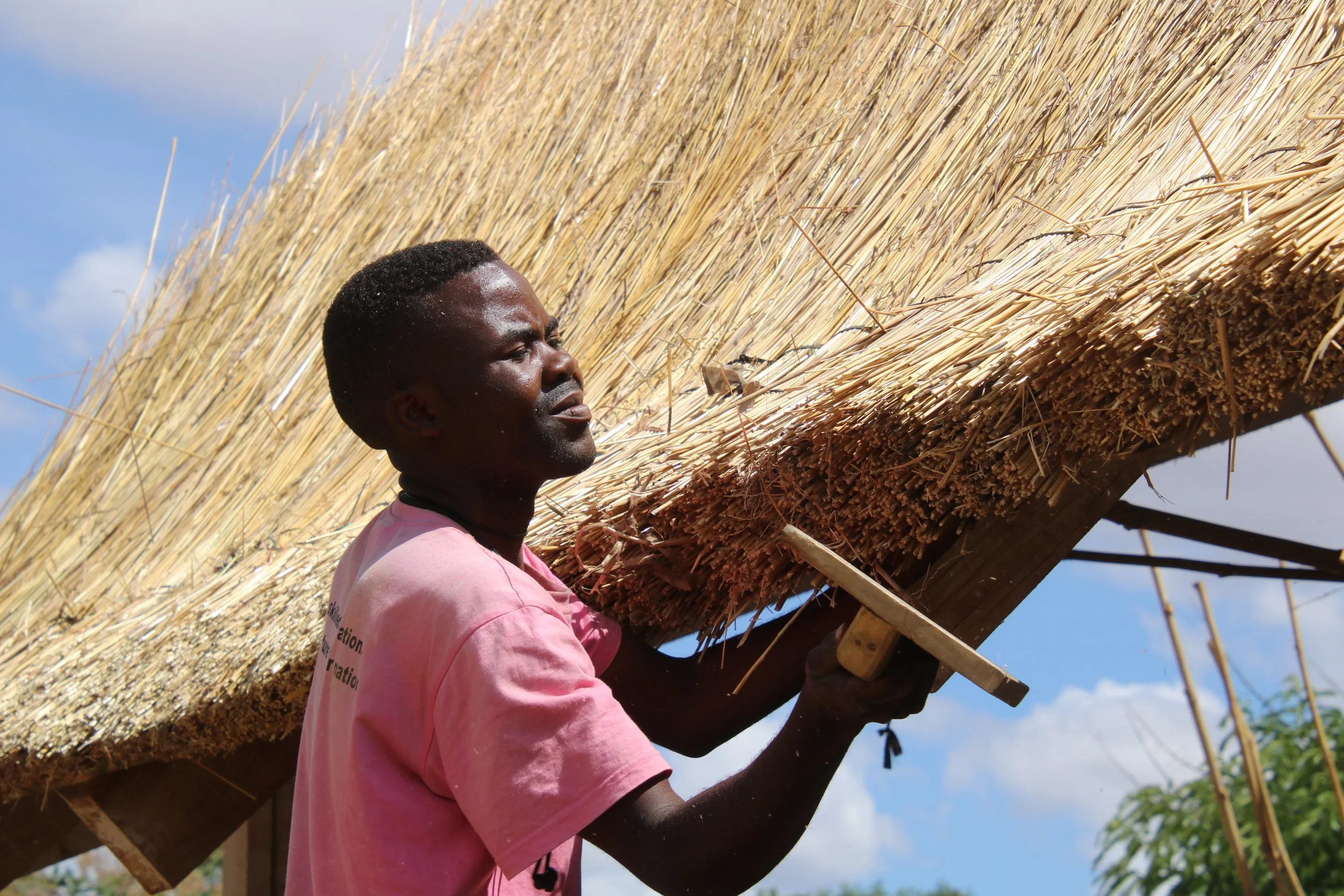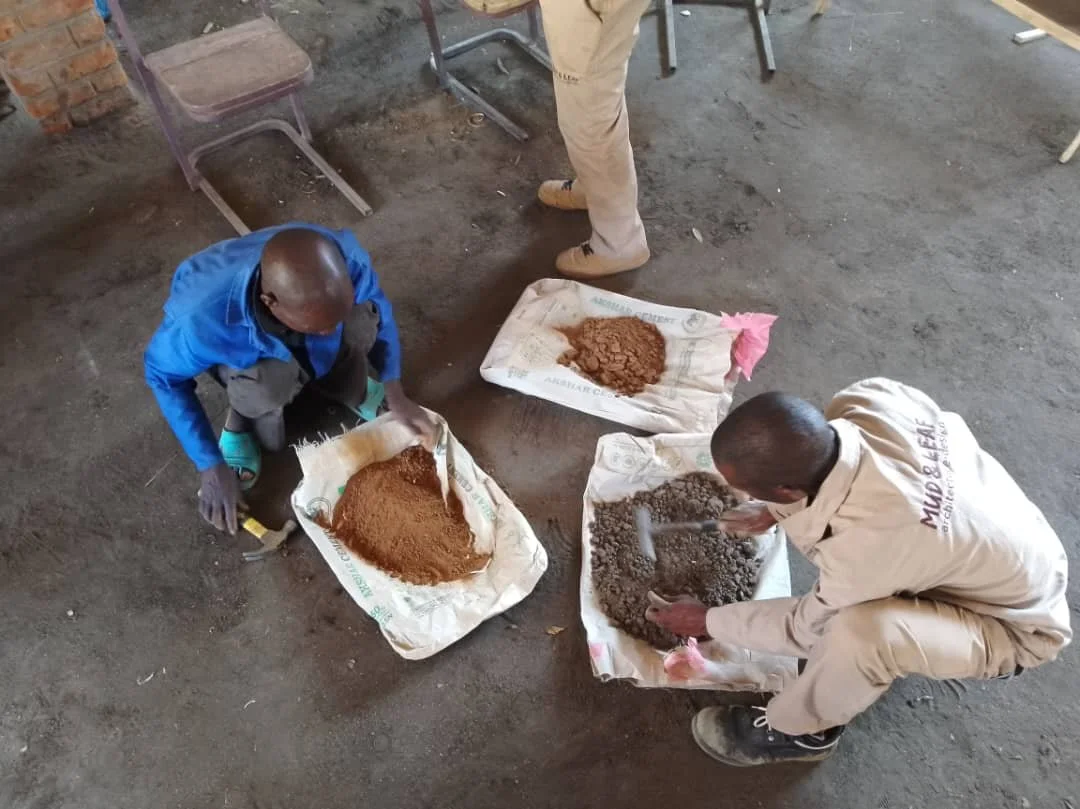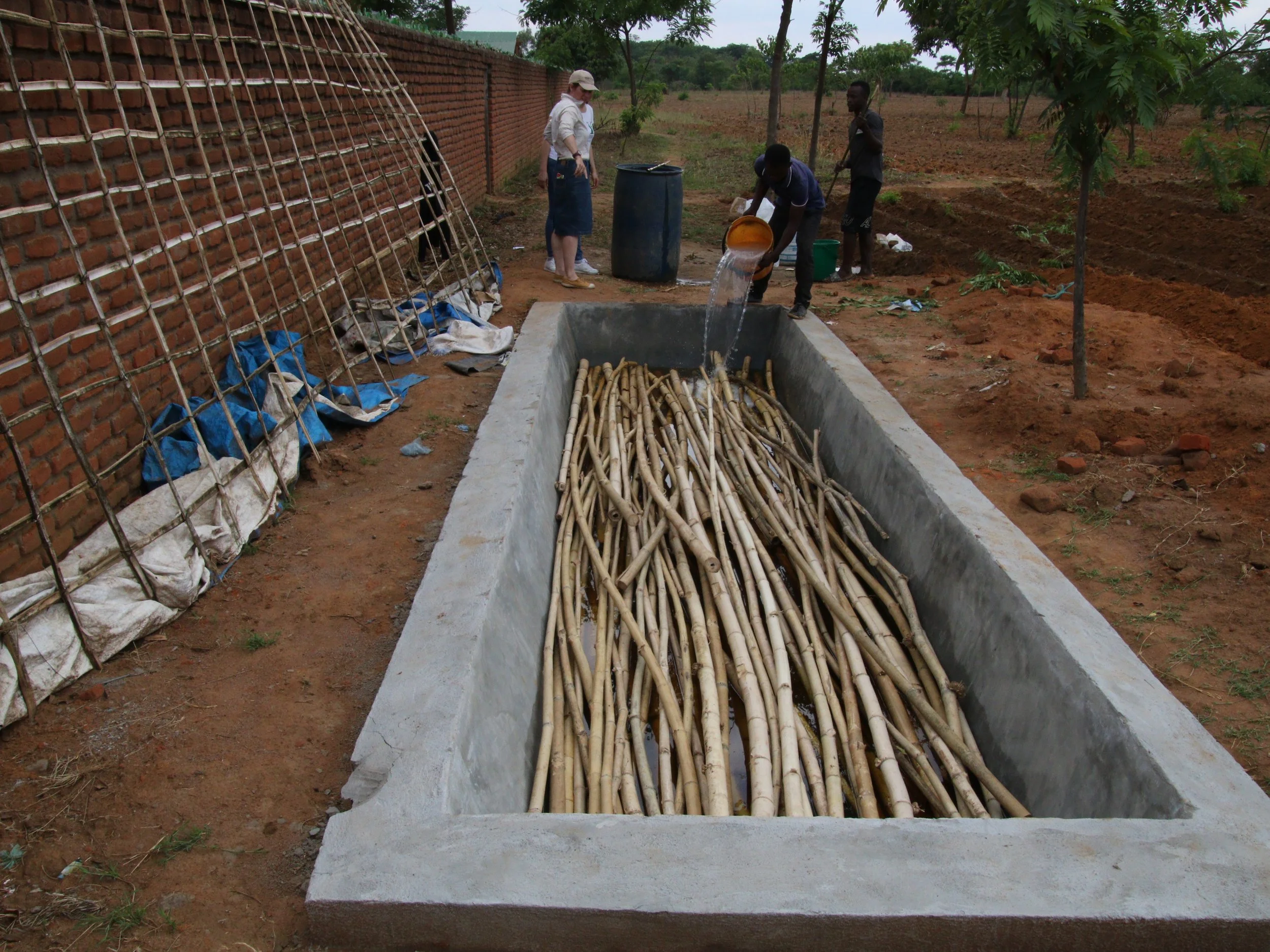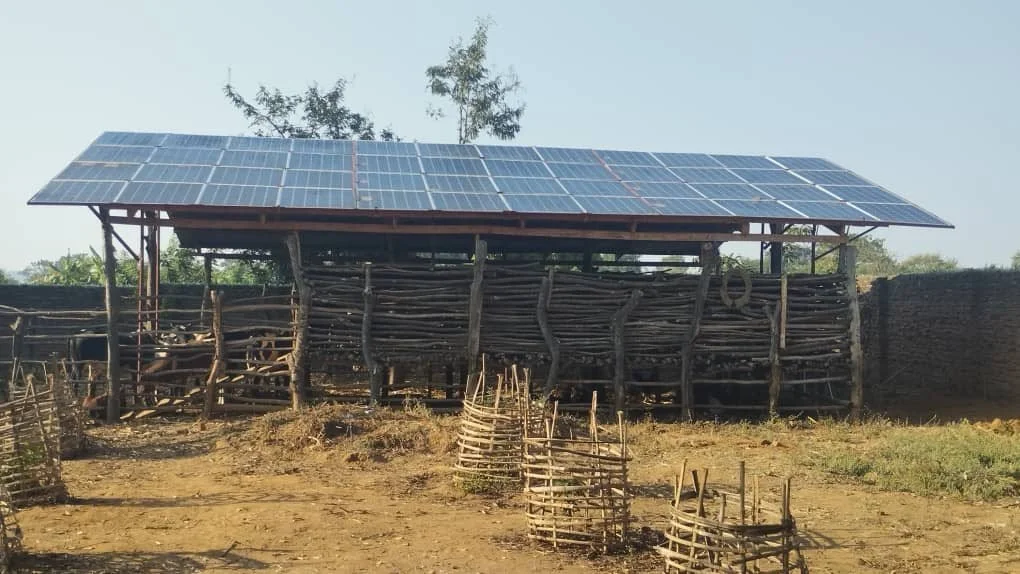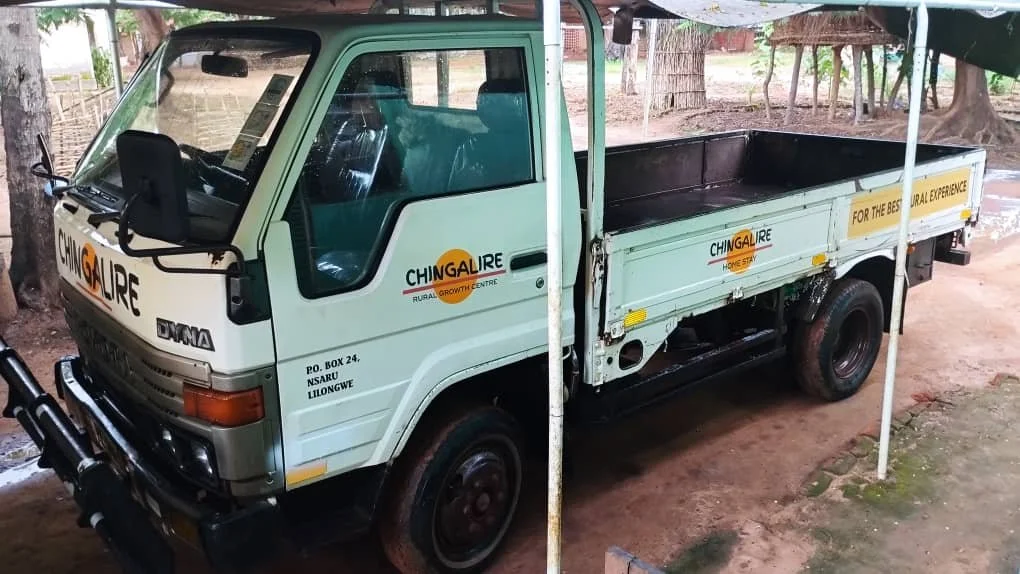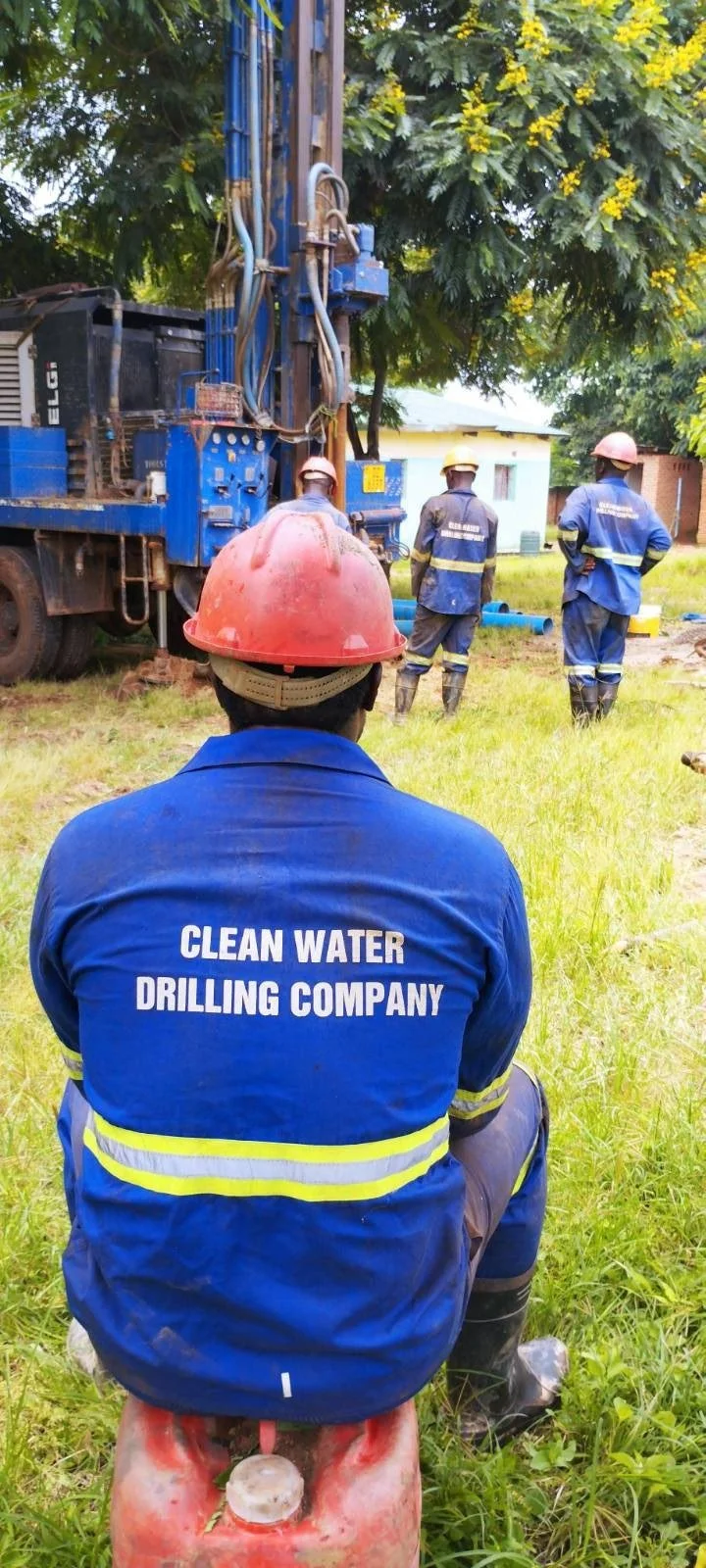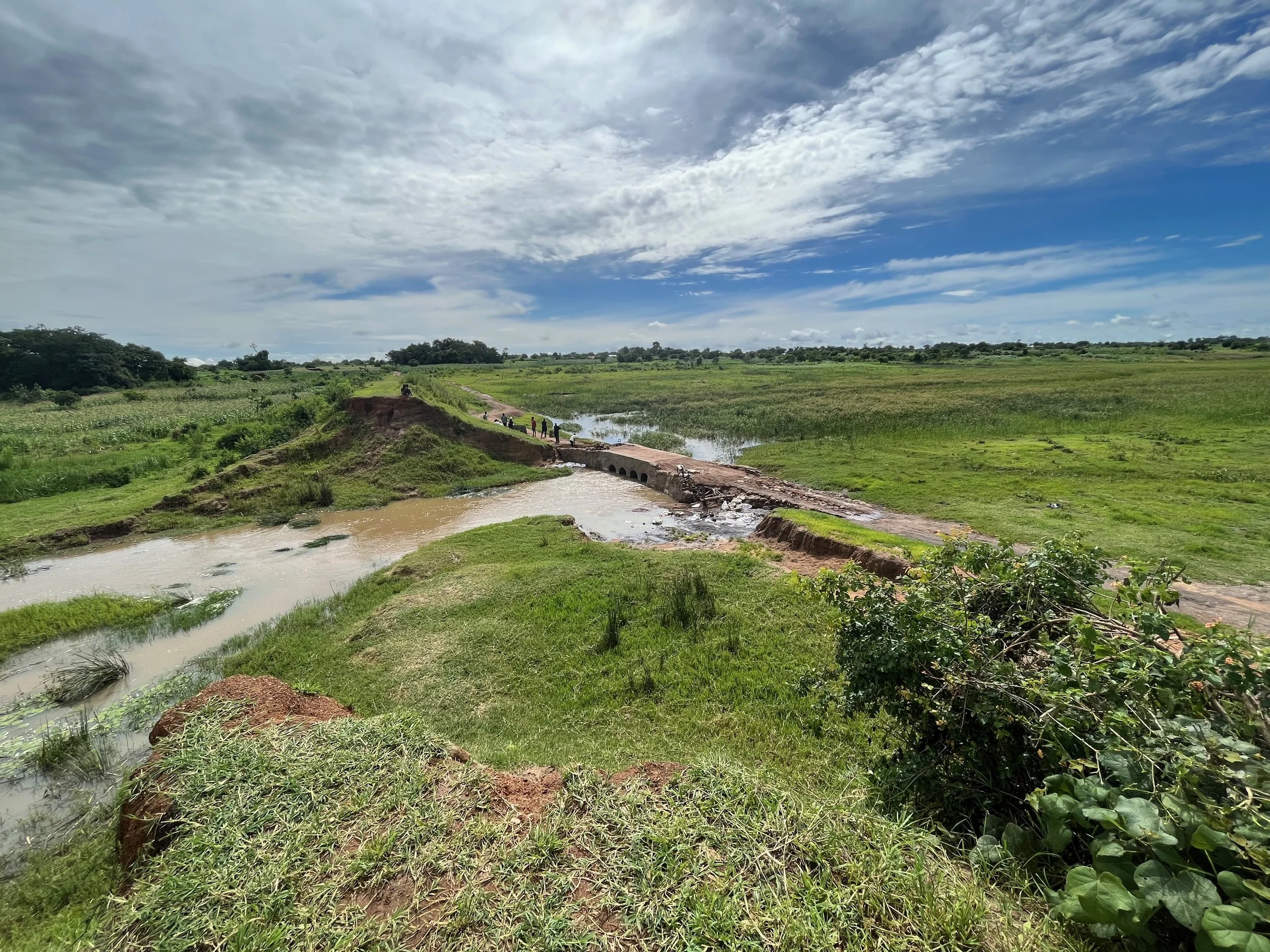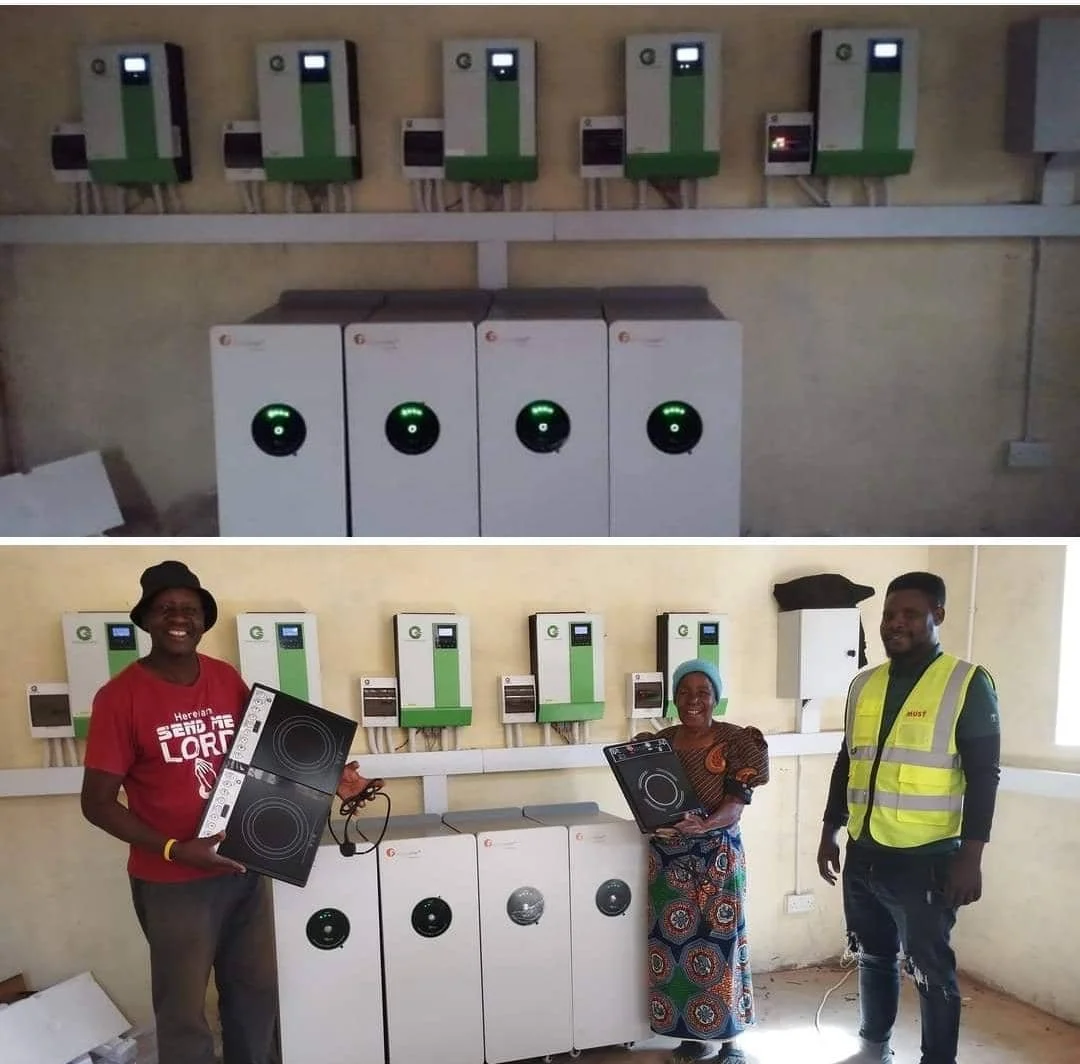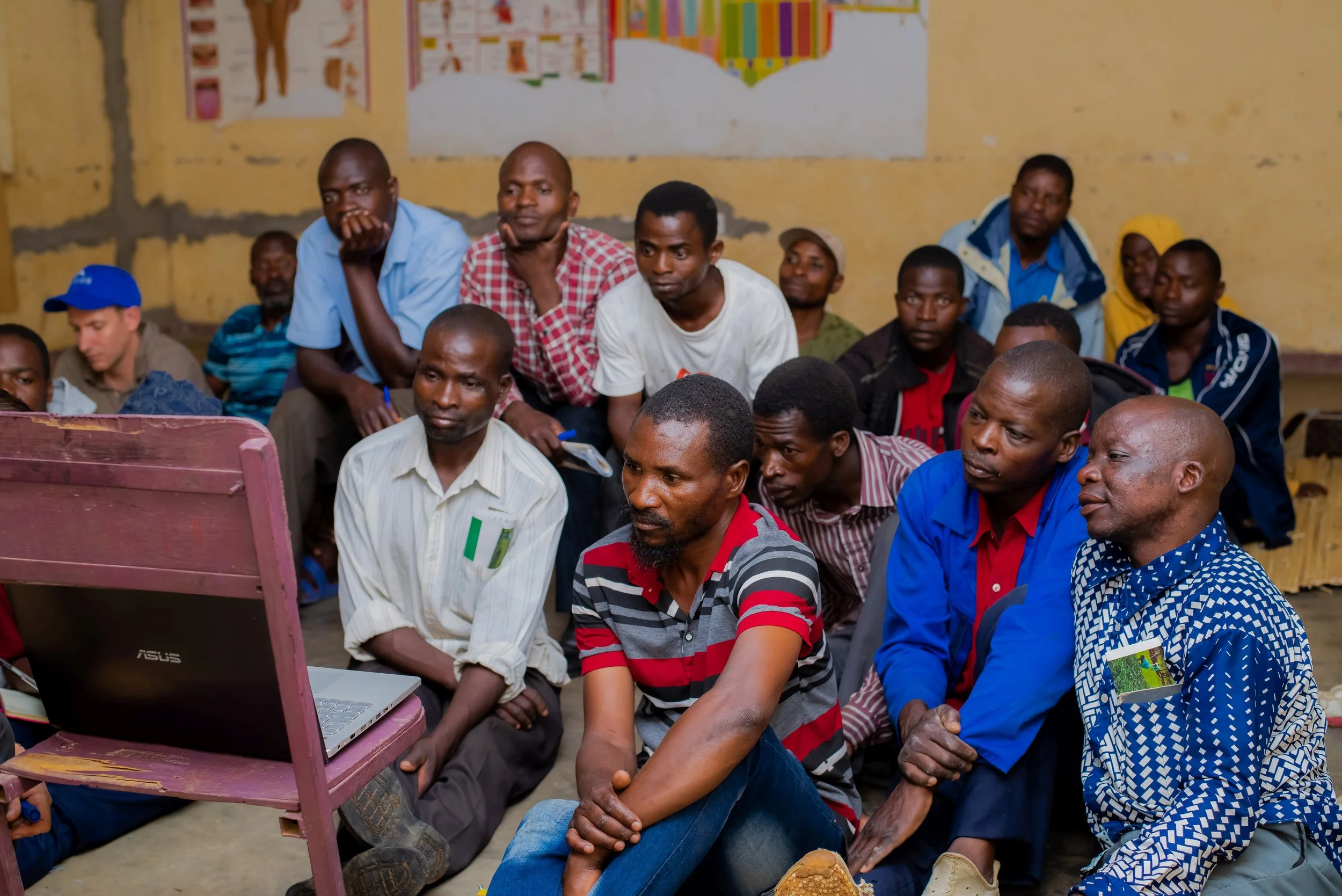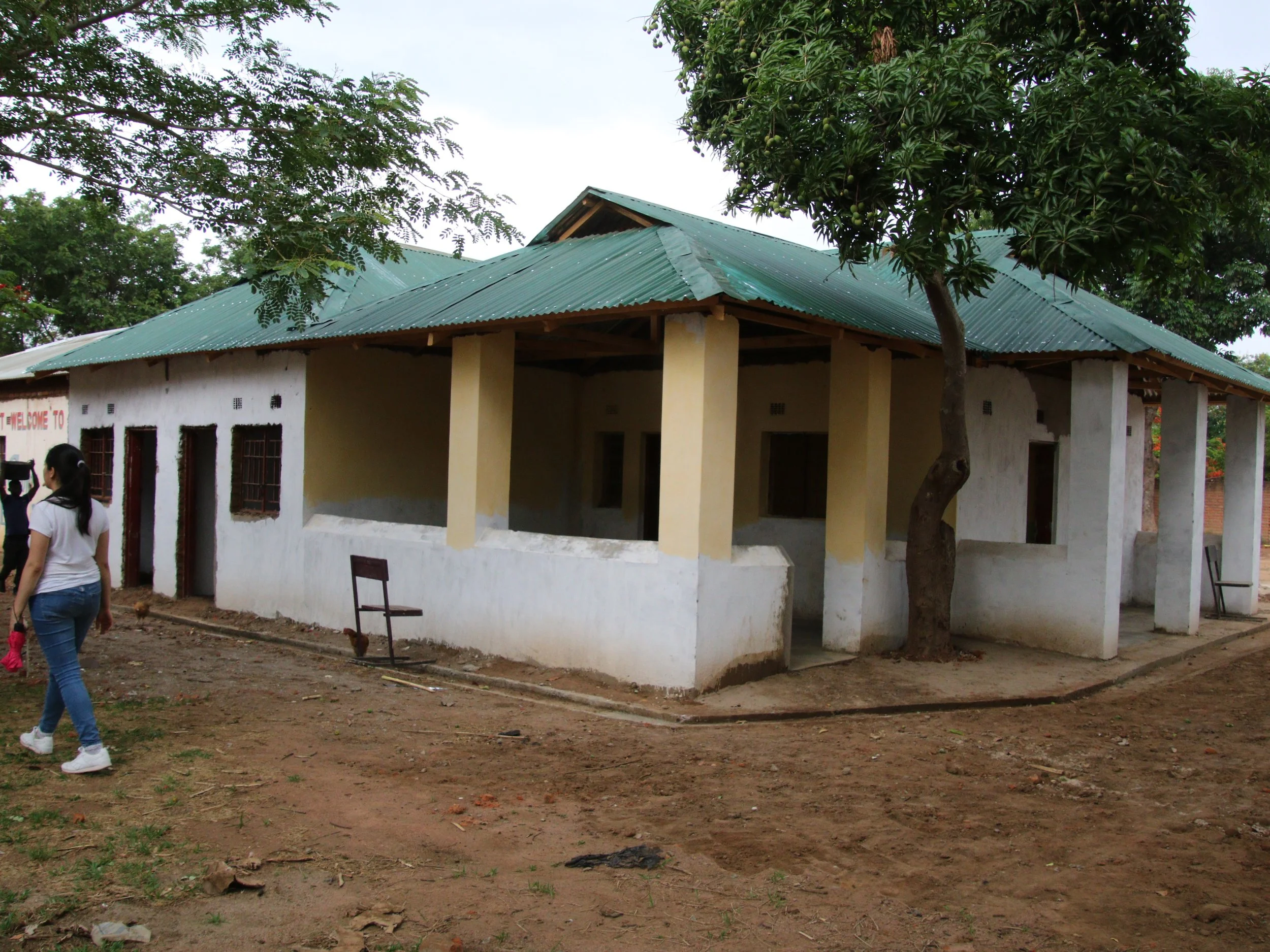Malawi
1 local African solutions
Chingalire is a village about 40 km west of Lilongwe. Ben Mikel Mankamba, as village Chief, has been strengthening the Rural Growth Centre with the support of Silvia Hesse for several years. In contrast to the conventional programs, its goals are not defined in isolation from Europe. The starting point is the local culture and tradition. Two workshops in the village were held. Locals expressed the topics of interest for development. Using this as a base, we structured a strategic group and an operating team of Malawian experts and members of the chief's family. Since my private assets essentially provide the funding, we can decide and readjust, independent of any funding criteria, which next steps are best suited to initiate our sustainable development process adapted to local conditions. The two groups decide on the budget. The aim is to use external aid strategically to increase internal income until self-sufficiency is achieved. New ideas are measured by their potential contribution to internal income opportunities based on their business plans.
The budget is also to be used as a revolving fund in the village. Micro-credits can then be handed out from the fund to provide initial financing for new income opportunities - as a supplement to agriculture. The returns from the micro-credits are returned to the fund - and can perhaps be passed on to the neighbours so that they can create the next income opportunity.
2 water and forest
The rainy seasons are becoming shorter and shorter due to climate change. At the same time, the amount of precipitation remains unchanged. After the long dry season, the more intense rainfall leads to rapid runoff into the rivers and the loss of fertile topsoil. This causes the lowering of the groundwater level, flooding in the lower reaches of the rivers and erosion damage - especially along the roads.
For many years, thousands of trees have been planted in the village as part of their nature protection practices. Now, with our support, around 100 beehives have been hung in the trees. Honey production is economical in the short term and synergises with the tree population. The beehives benefit from the trees and create a new income opportunity for locals.
Last summer, the irrigation troughs created 50 years ago were repaired as a communal effort with the surrounding villages. These distribute the water over the agricultural land. In addition to watering the plants in these areas, the groundwater is replenished due to the more permeable surface. In the village itself, the planting in conjunction with waterways ensures the distribution and storage of rainwater.
3 From agriculture to permaculture
The open spaces in the village are being transformed into permaculture areas. This should simultaneously increase the agricultural yield and act as a demonstration plot for sustainable cultivation methods in the surrounding communities. Permaculture develops an integrated system with small-scale, differently composed plant set-ups that react to soil, light conditions, seasonal fluctuations and water and uses only natural fertilizers made from plant waste. The trees are also integrated into the system due to their importance for water management, soil improvement and shading (Agroforrestree). It is a high contrast to European industrialized agriculture practices which require harmful pesticides and artificial fertilizers due to large monotonously used cultivation areas.
4 Culture, heritage, tourism
The chief is a well-known musician in Malawi. With his contacts, he has successfully housed the annual Ethno-music festival in the village. Now, Ben Mankamba has founded a new band and continues raising interest in culture and music around the country, bringing new opportunities to the village.
The local dance group maintains and communicates the important traditional dance culture with regular performances. Their practice sessions are an afternoon activity for the young members of the community. A traditional homestead was built to demonstrate the living conditions and ancestral lifestyle of rural Malawi. These offers are often used by school classes. The pupils gain an understanding of the opportunities of using their cultural roots as a starting point for an independent, local and sustainable development process. For those seeking a deeper integration into the cultural activities of the village, overnight accommodation is also offered.
This summer, we are planning to renovate the multi-purpose hall for concerts, cinema, theatre and dance performances. This cultural profile is intended to attract tourists and workshop participants to the village.
5 Building culture
We are trying to implement more and more locally available and ecological building materials in the construction activities for the renewal process. The local construction craftsmen were trained with various workshops on furniture making and bamboo carpentry, clay construction and thatched roofs via practical implementation. Clay bricks were made from the local soil. A workshop building and bamboo treatment pool were built and are highly used. We want to start our bamboo plantation in the village and cultivate grass near the river that is suitable for thatched roofs. In September, we will process the prepared bamboo poles into a new roof truss for the Multi-Purpose Hall and thatch it with a new grass roof. The joint construction processes will continue qualifying the local craftsmen. We hope that this will later develop into our own company that can offer vernacular housing ecologically and inexpensively using locally available and self-produced materials.
6 Infrastructure and energy
We built a small bridge on the access road to facilitate access to the village after the dam collapsed during heavy rainfall a few years ago. At the beginning of this year, we installed a large photovoltaic system. Thanks to a large electrical storage system, longer concerts are now possible without fuel generators, the craftsmen use reliable energy for their tools, cold drinks can now sold in the village and food can be stored for longer times with refrigeration. Small business ideas can be developed from the energy supply (for example a solar kiosk), which contributes to their income.
A small truck was purchased for transporting materials and people. The band and the dance group use it for external performances. Some dry toilets were installed for guests and residents, and are now providing natural fertilizer. A deeper well was drilled for kitchens and showers, a tripod vessel was enlarged and raised and water pipes were laid in the village. The water is pumped using a pump powered by photovoltaics.
7 Educational programs
Our educational offers should start where the existing school system ends. We can offer classrooms and accommodation in the village. We also can offer a power supply and a high-performance Internet connection. We want to provide some computers for self-learning stations for educational offers. We want to coordinate the type and scope of use with experts before we install the infrastructure. The content should be closely aligned with everyday life and our other activities in the village (permaculture, water management, ethnic music, business training, tailoring workshops, construction workshops, nutrition, and healthcare).
8 Health post
A building financed by third parties was erected in the village to improve healthcare. Regular consultations are held there. The Mankamba family includes several experts who are highly qualified and improve the existing services by providing advice. For example, Angellina (Ben's sister) is a qualified nurse who now volunteers once a month to give Elders preventive medical checkups. There are plans to use the electrical system to store and offer medicines.



